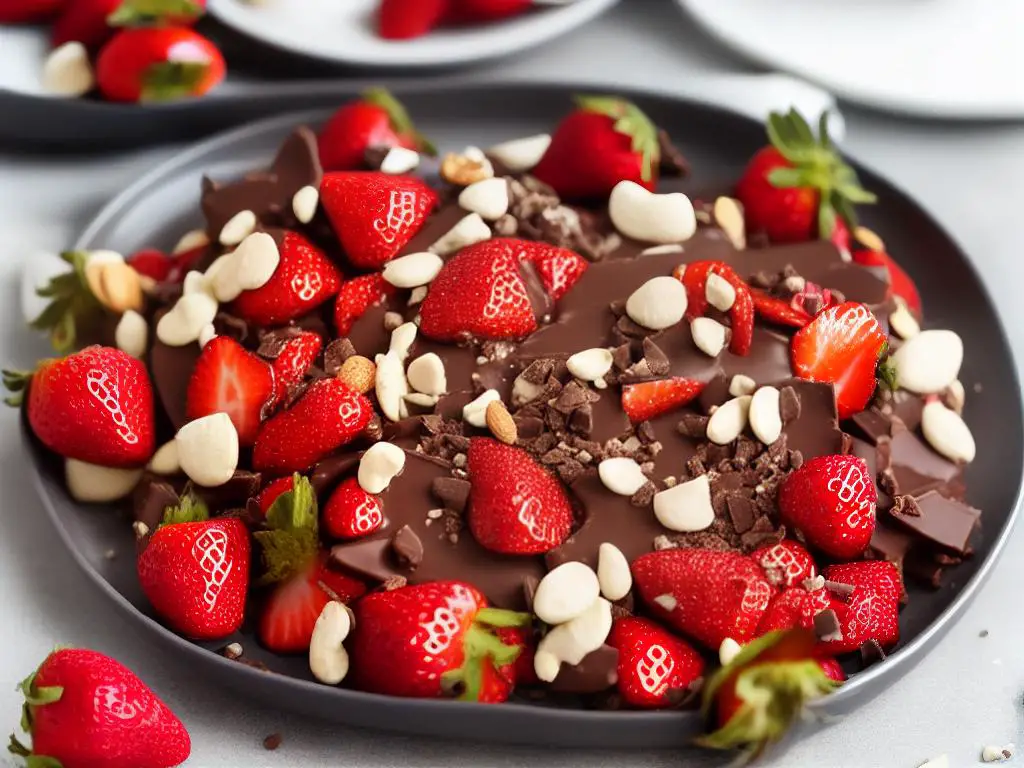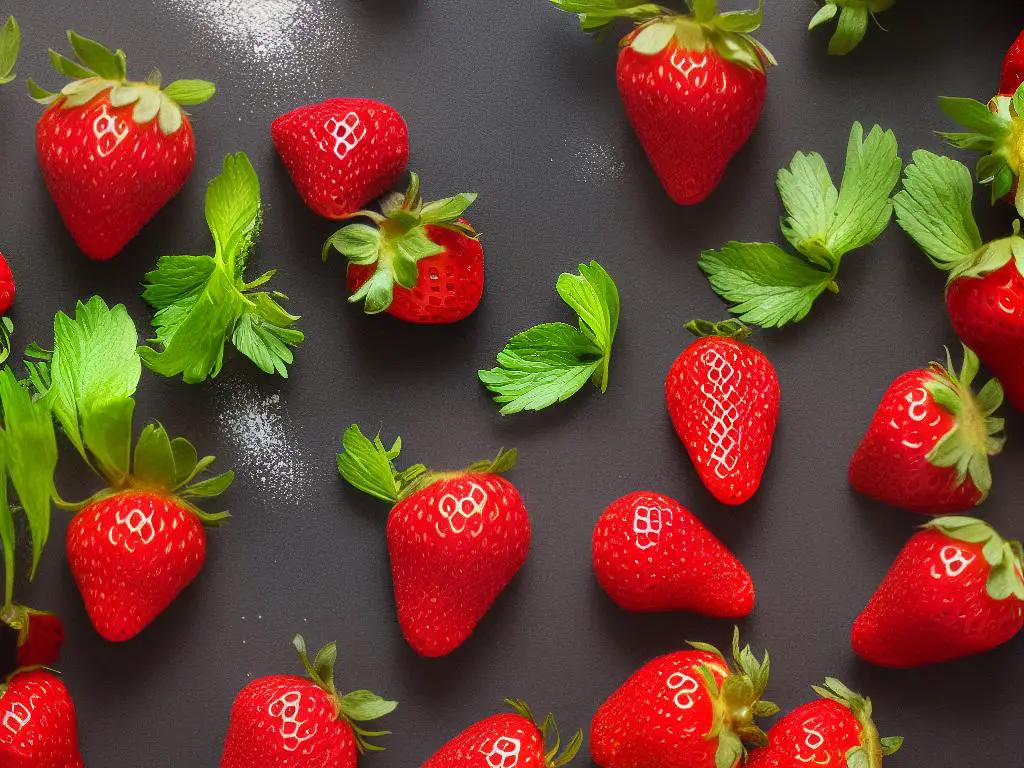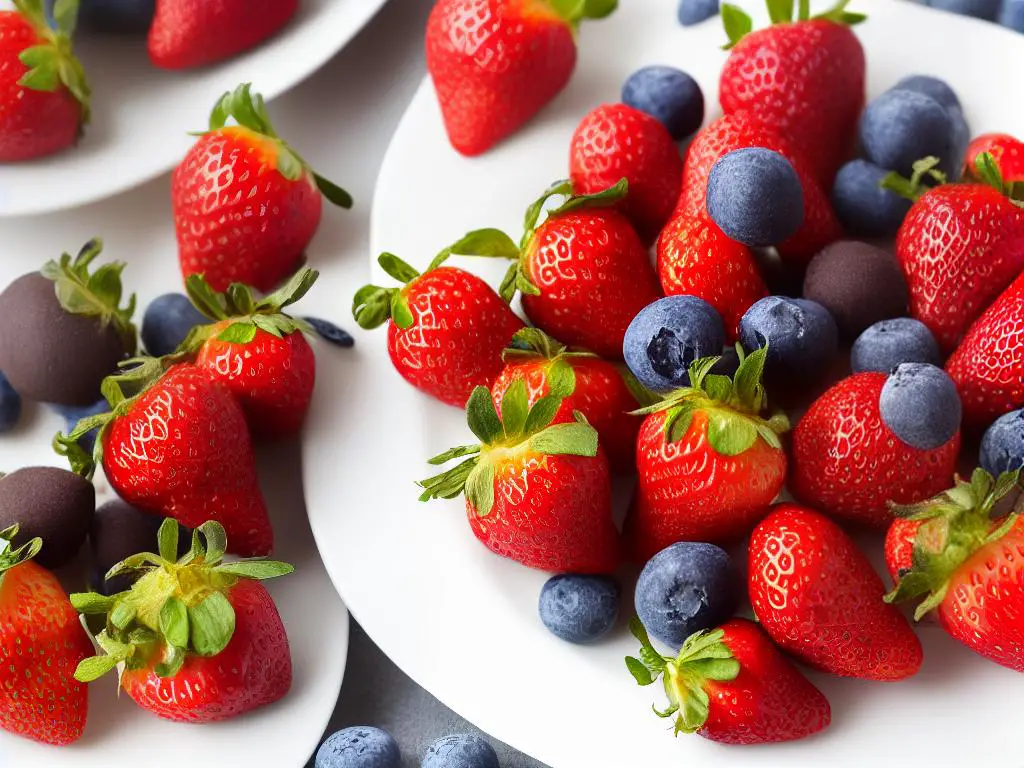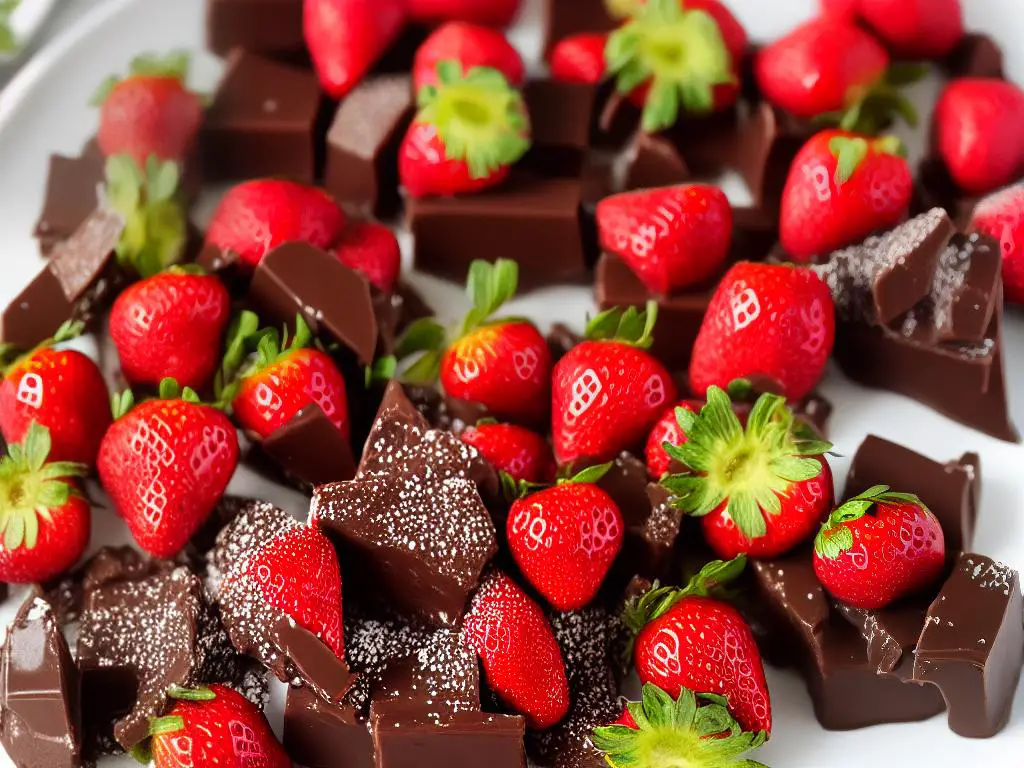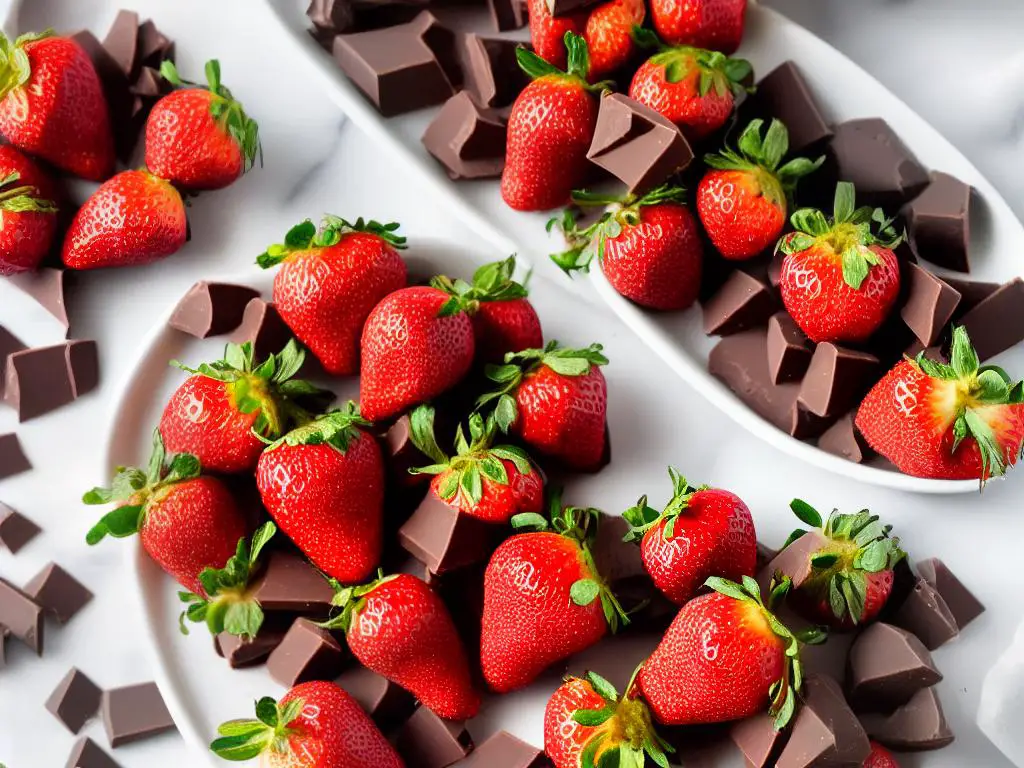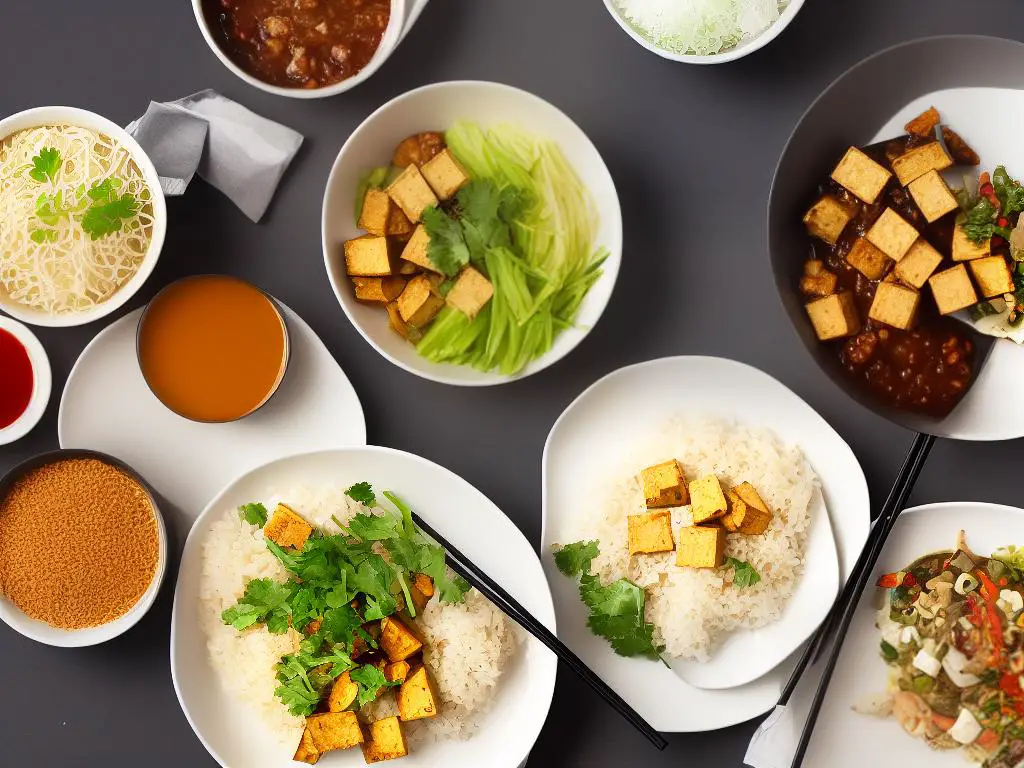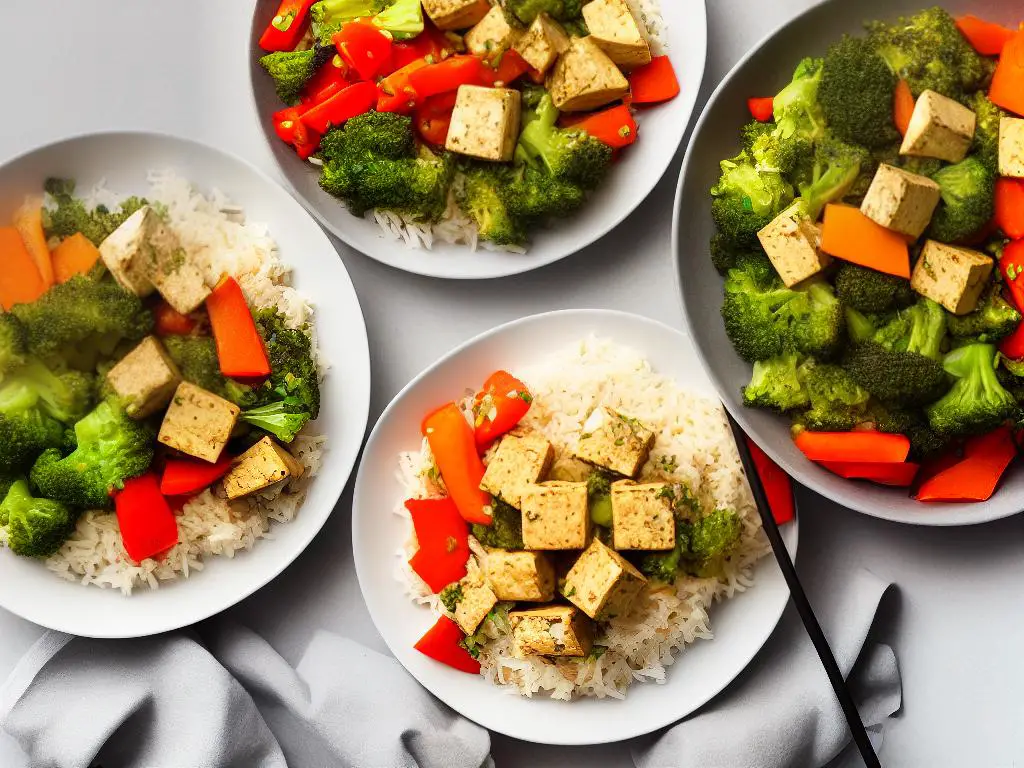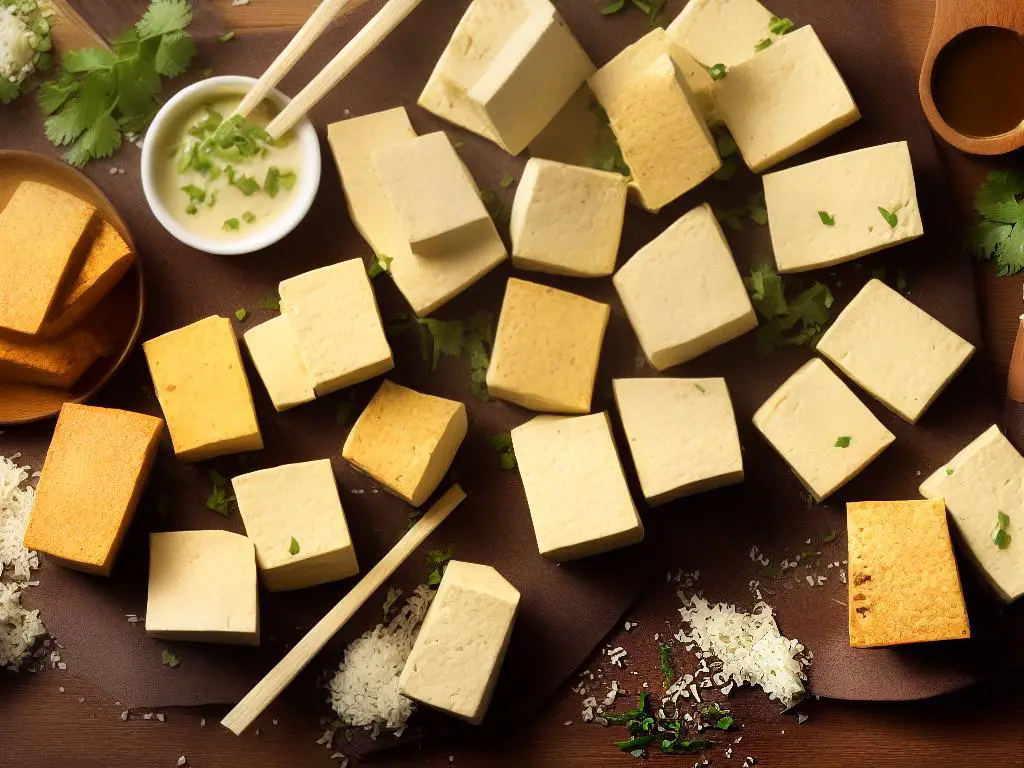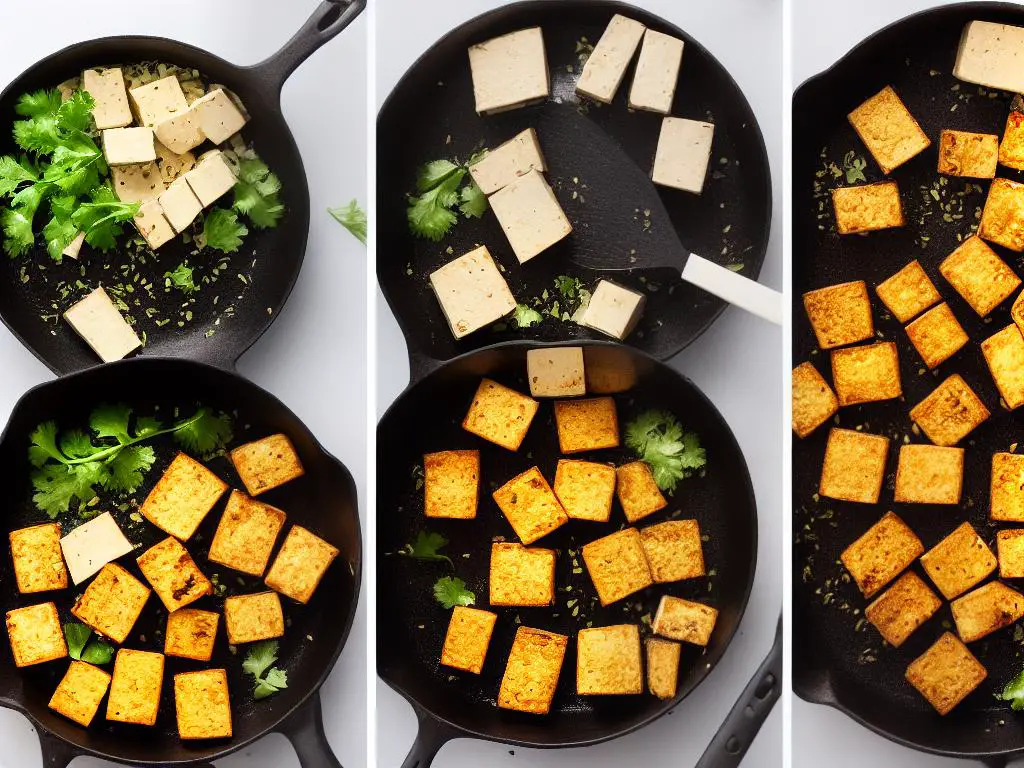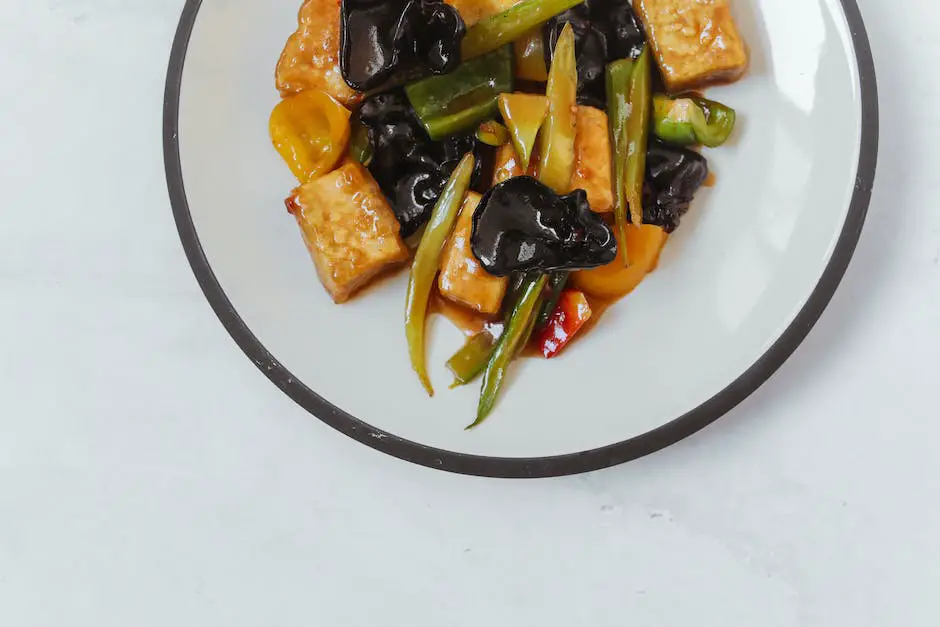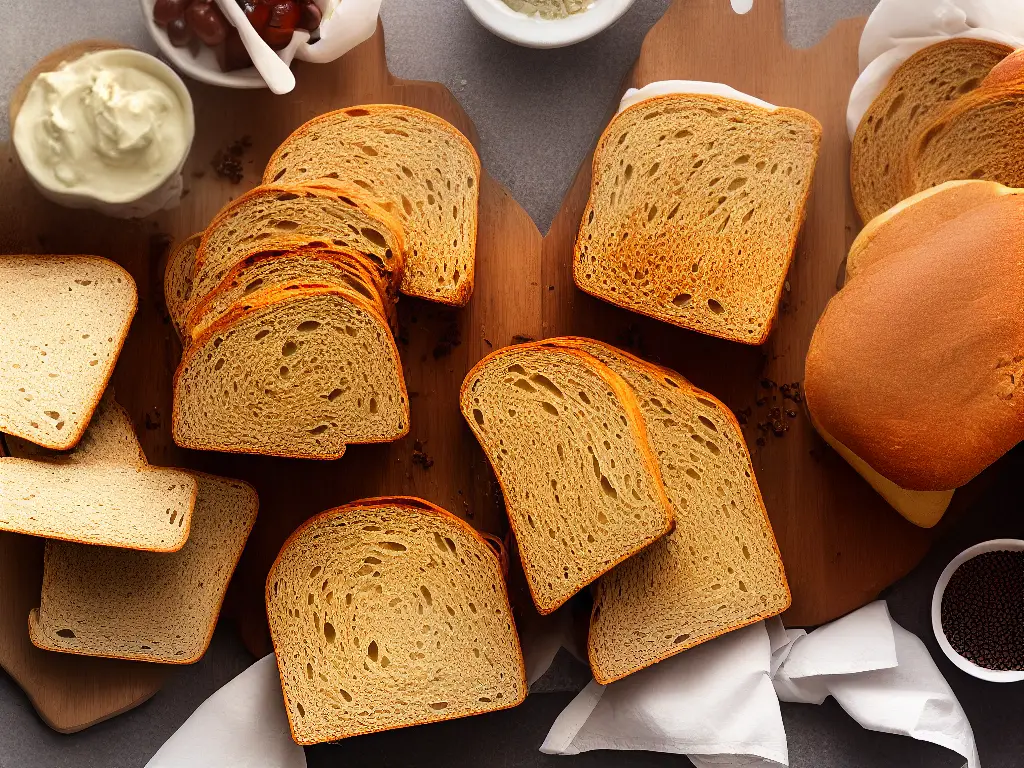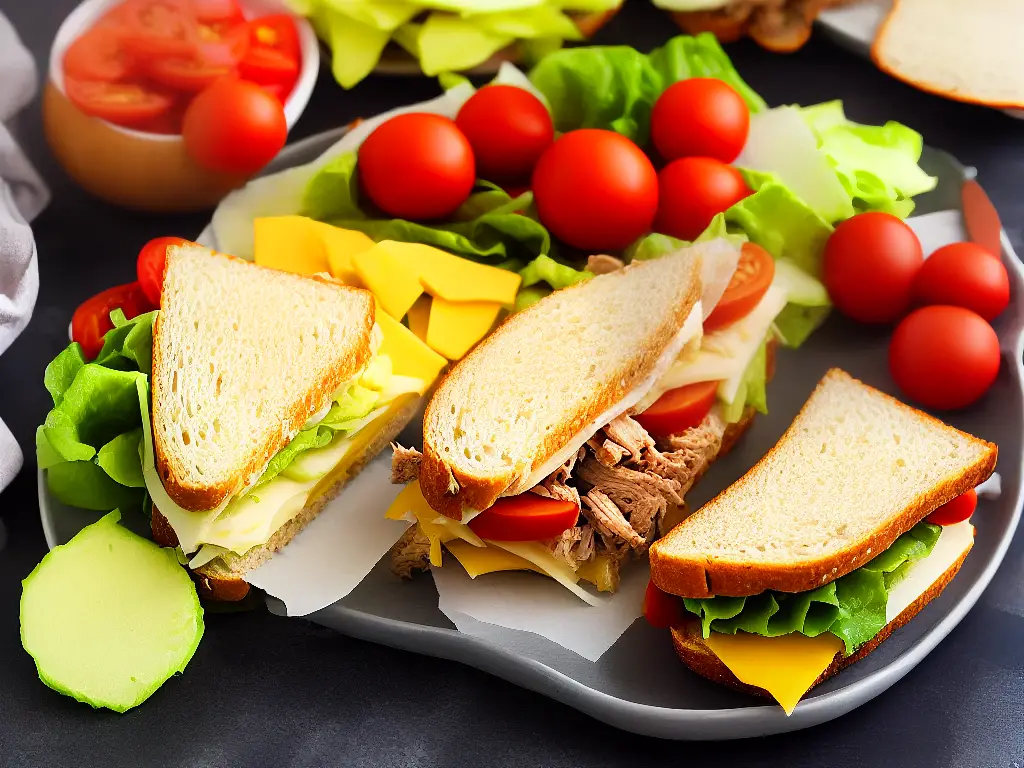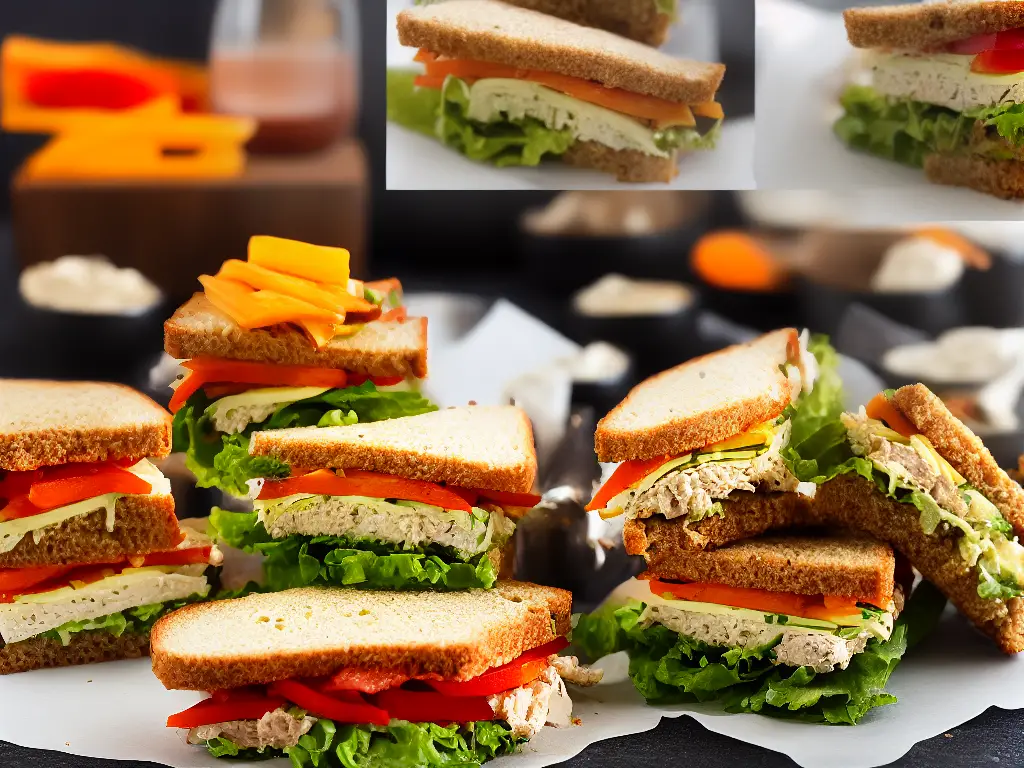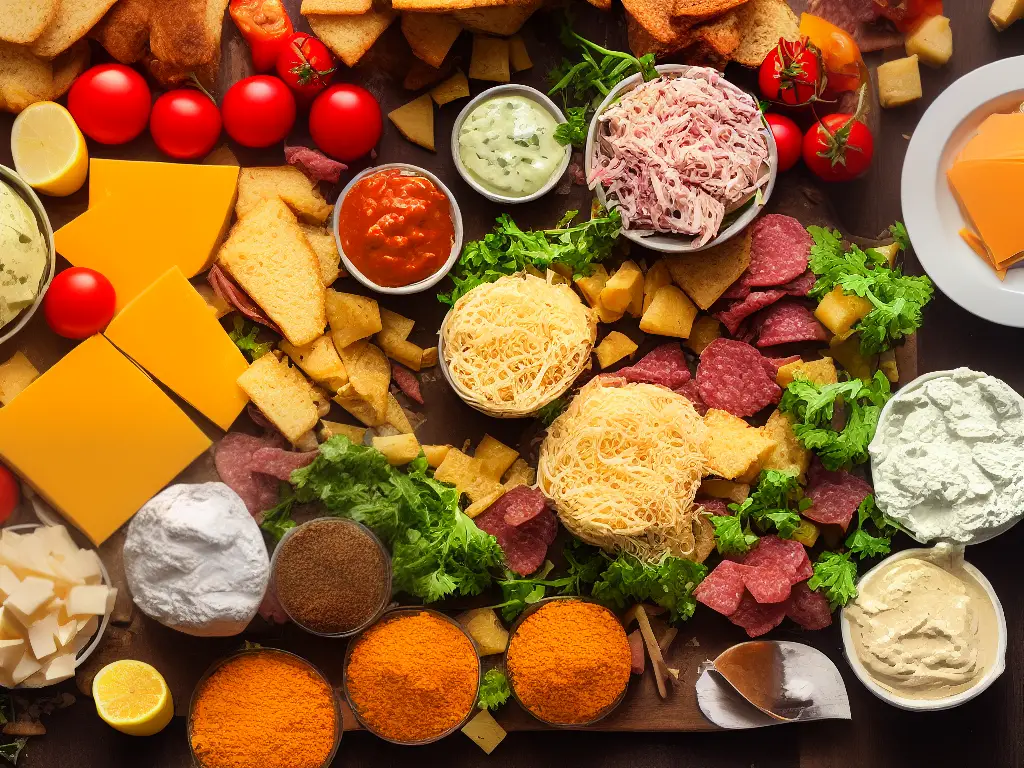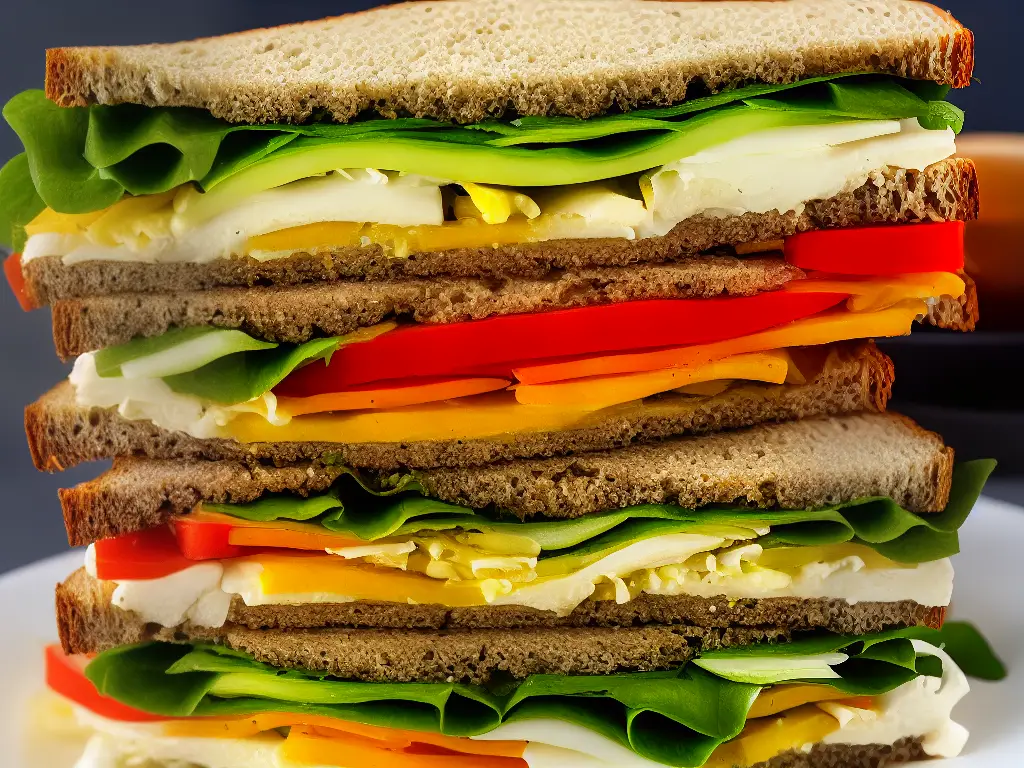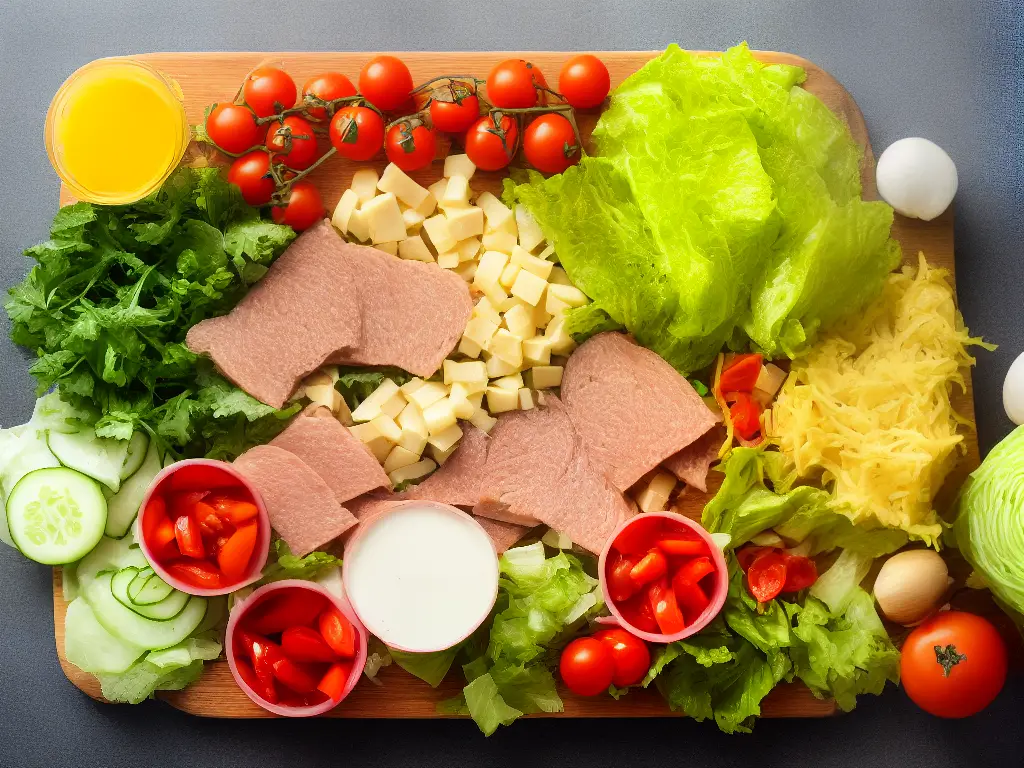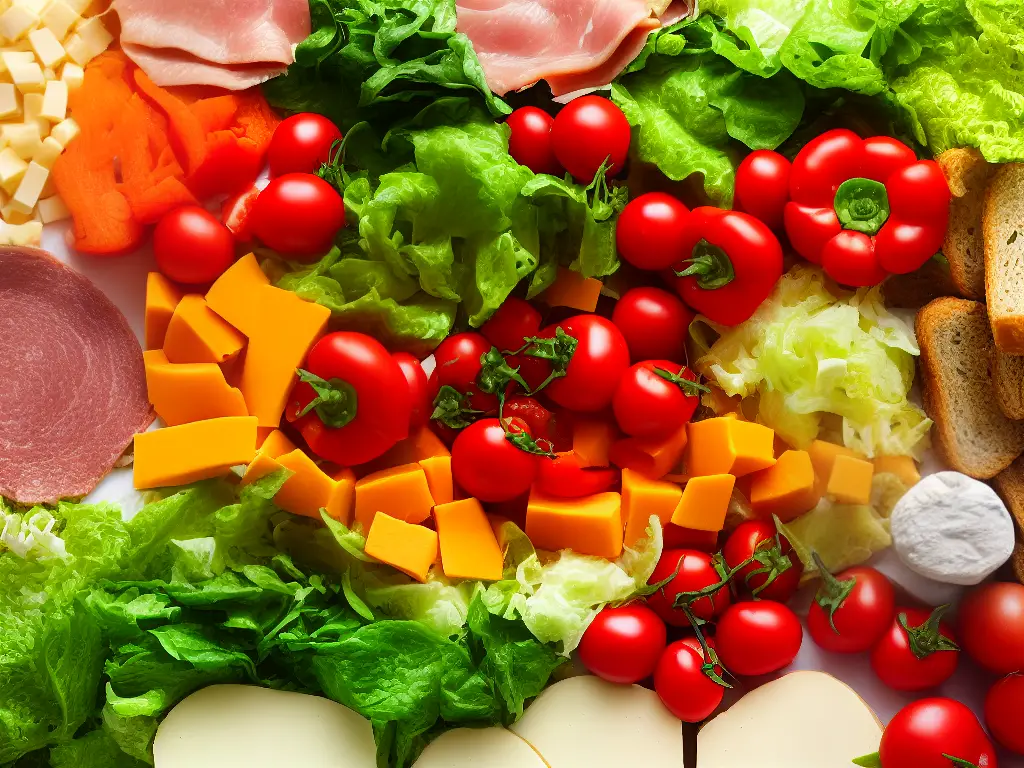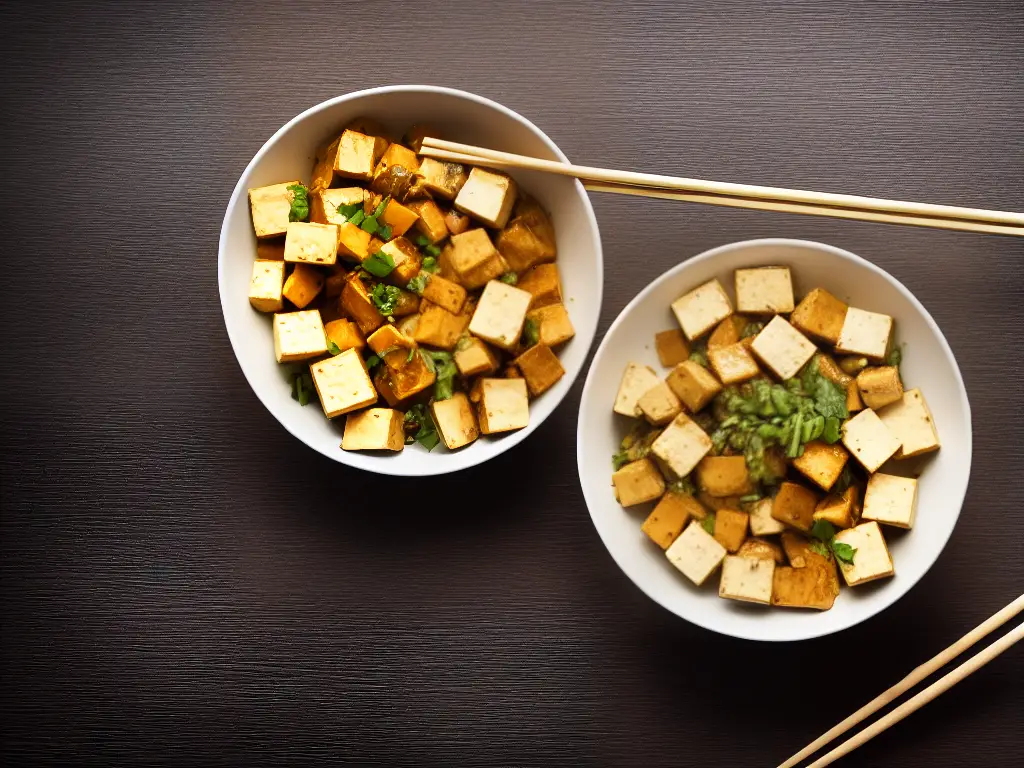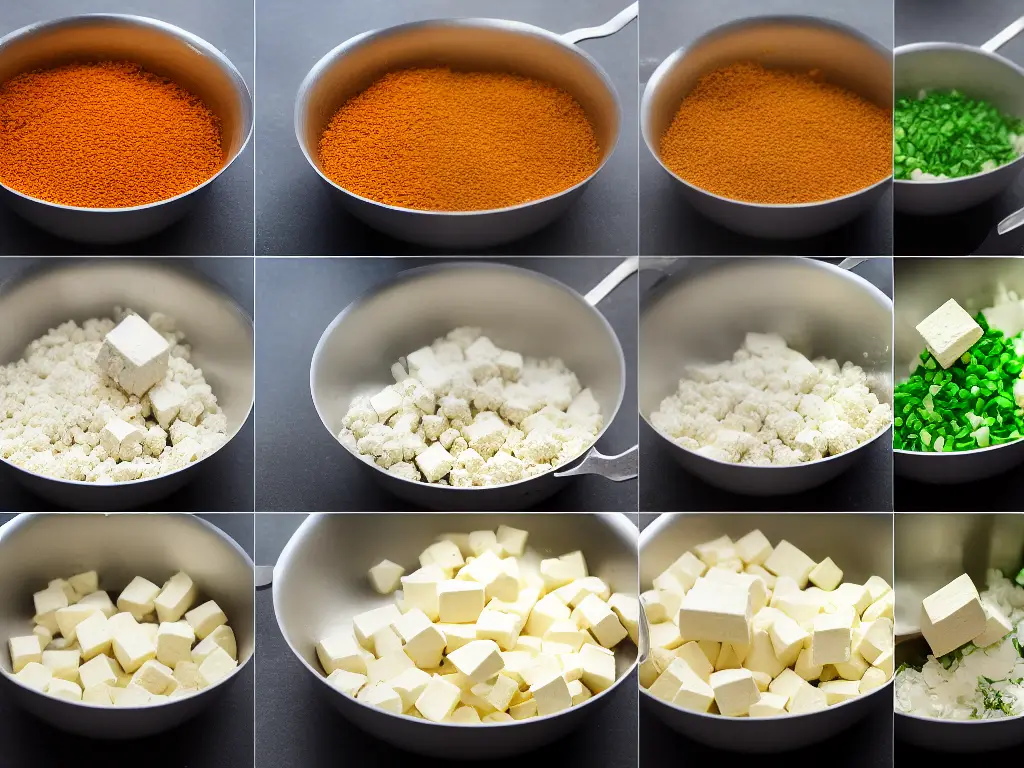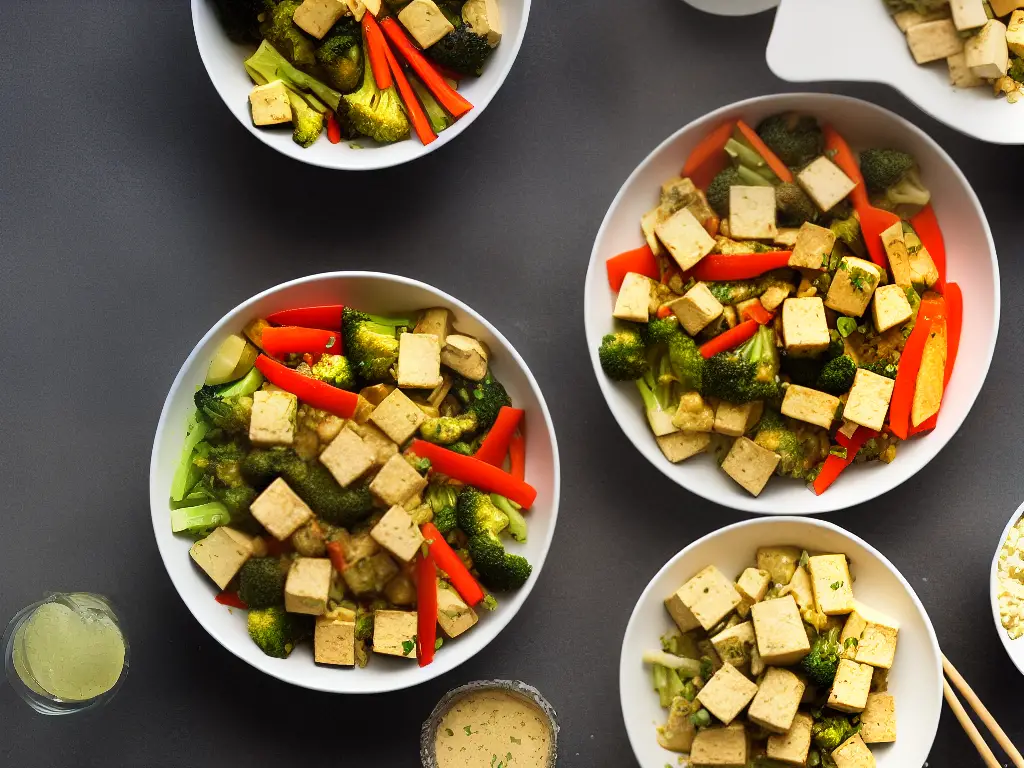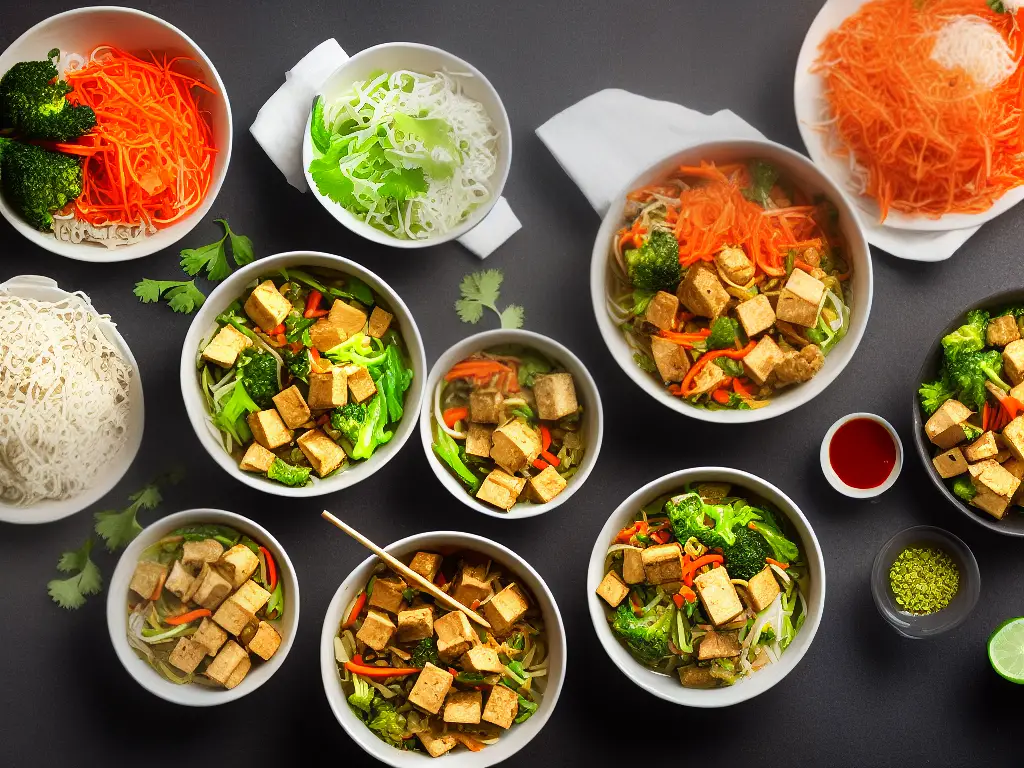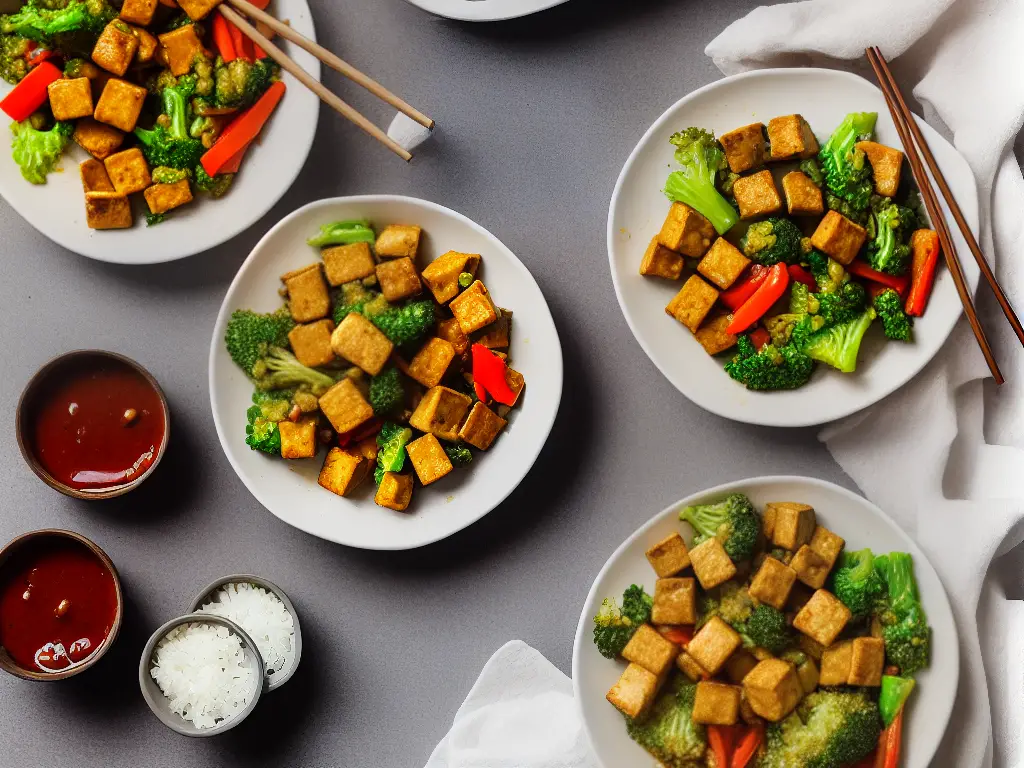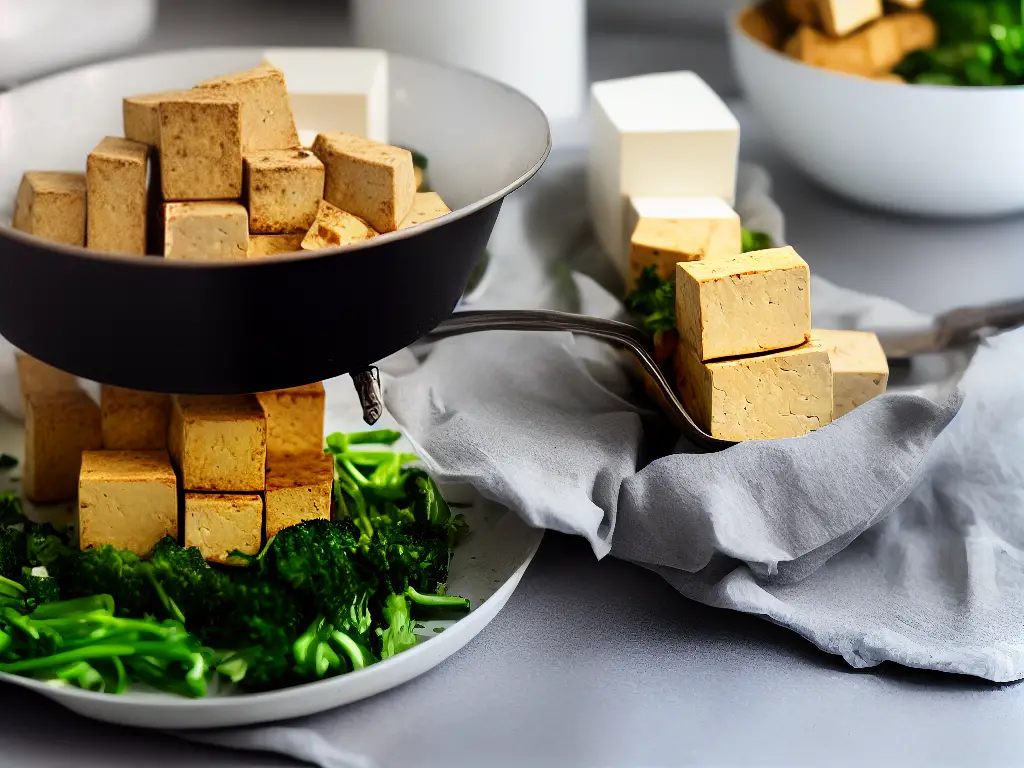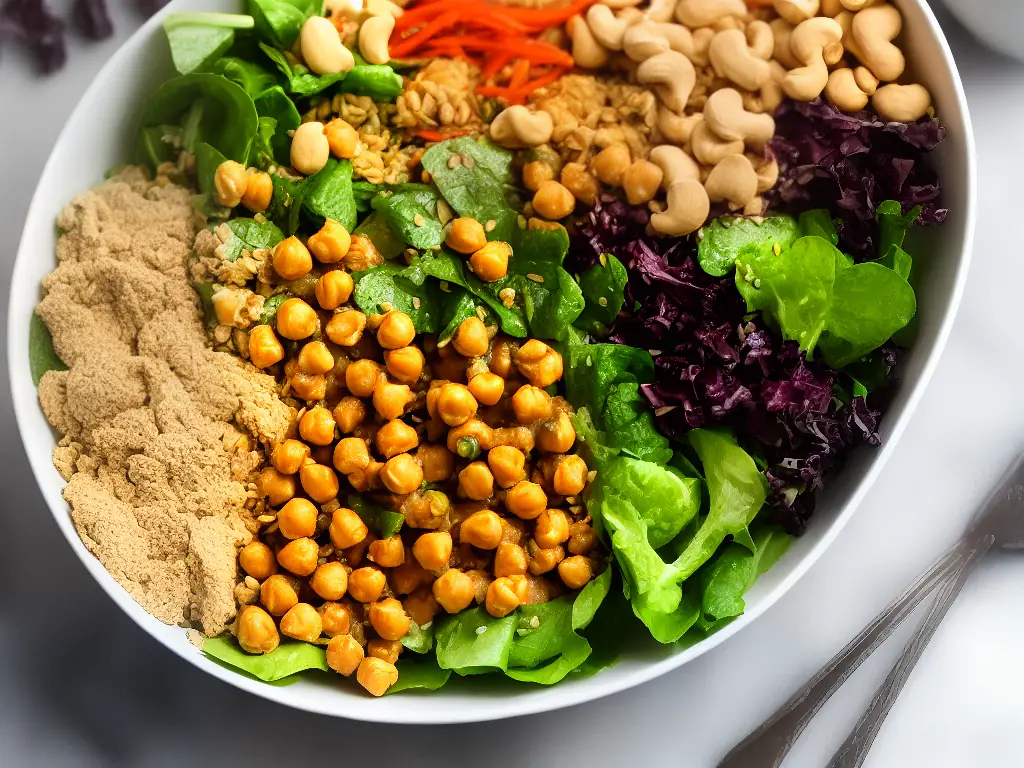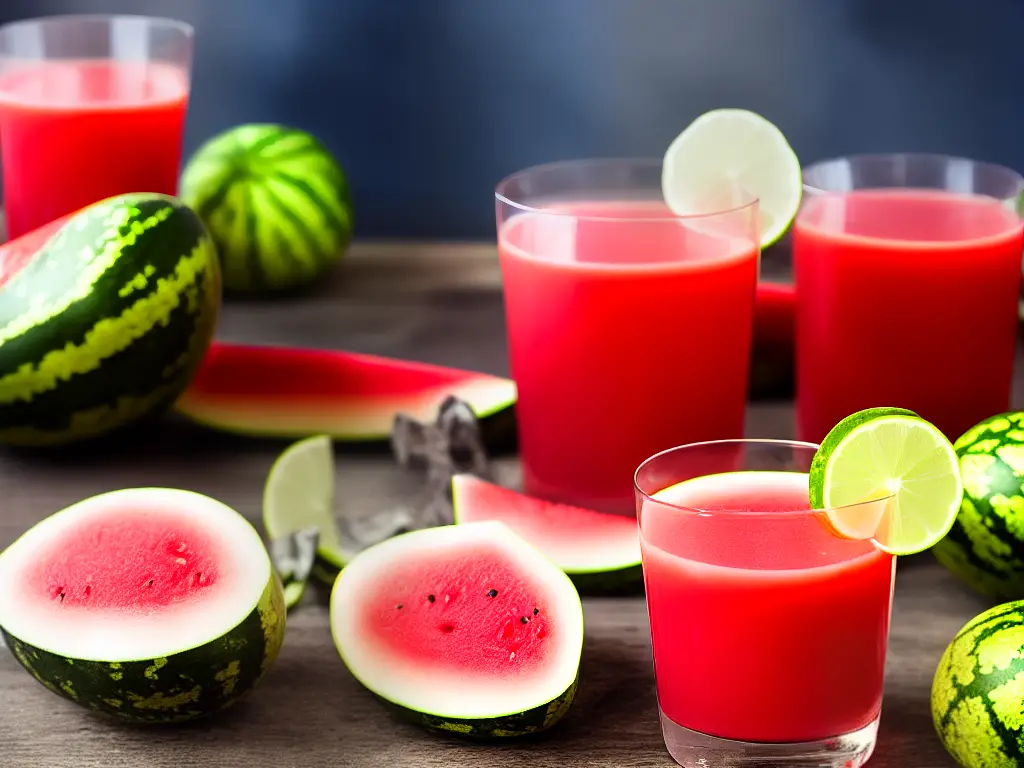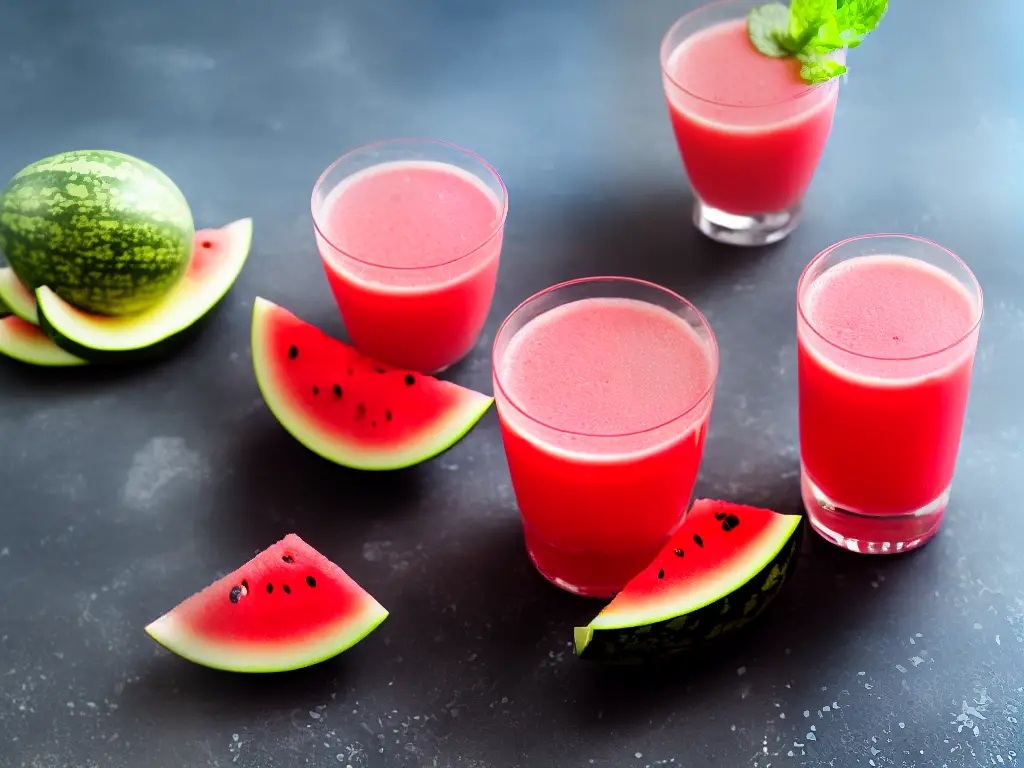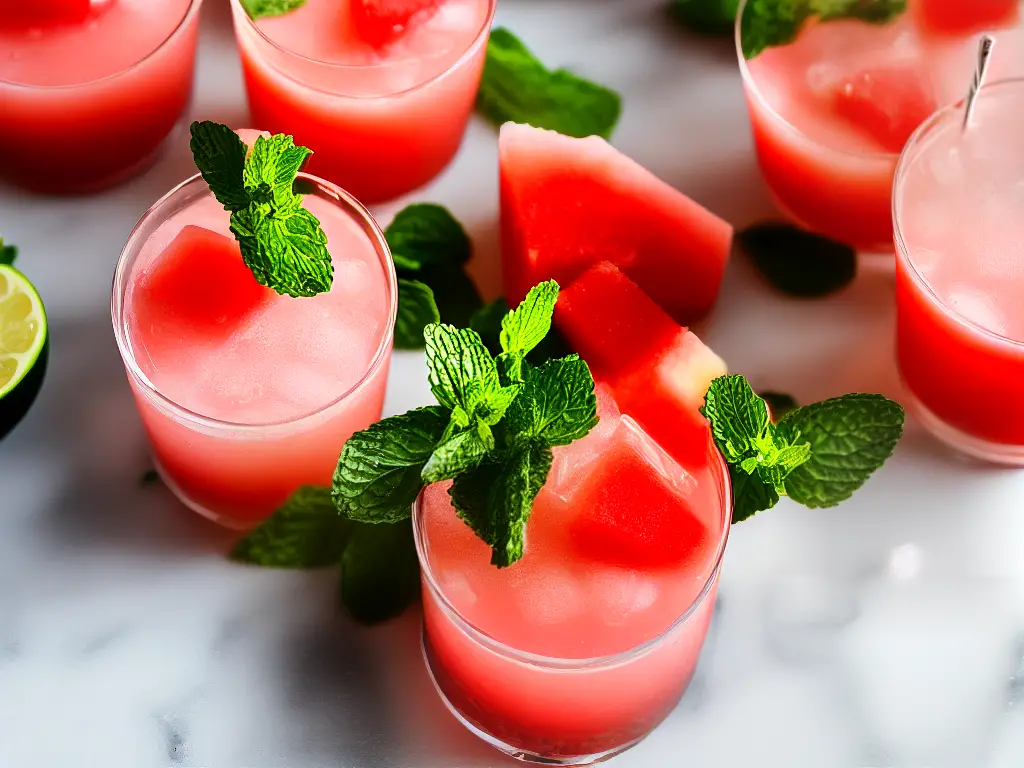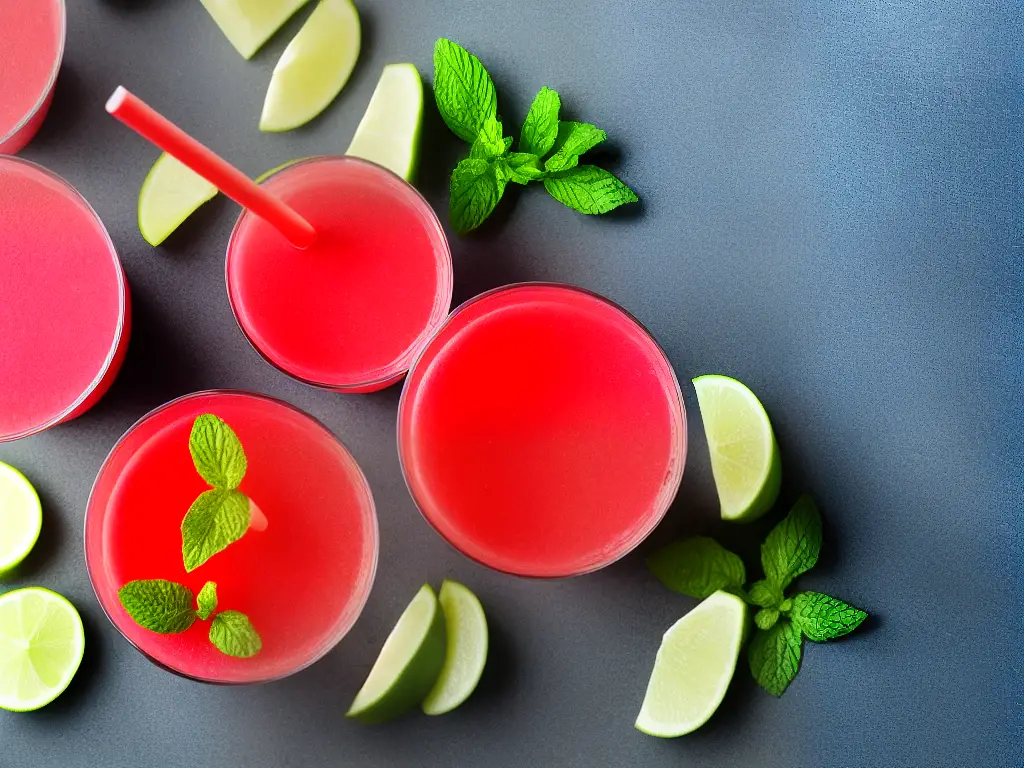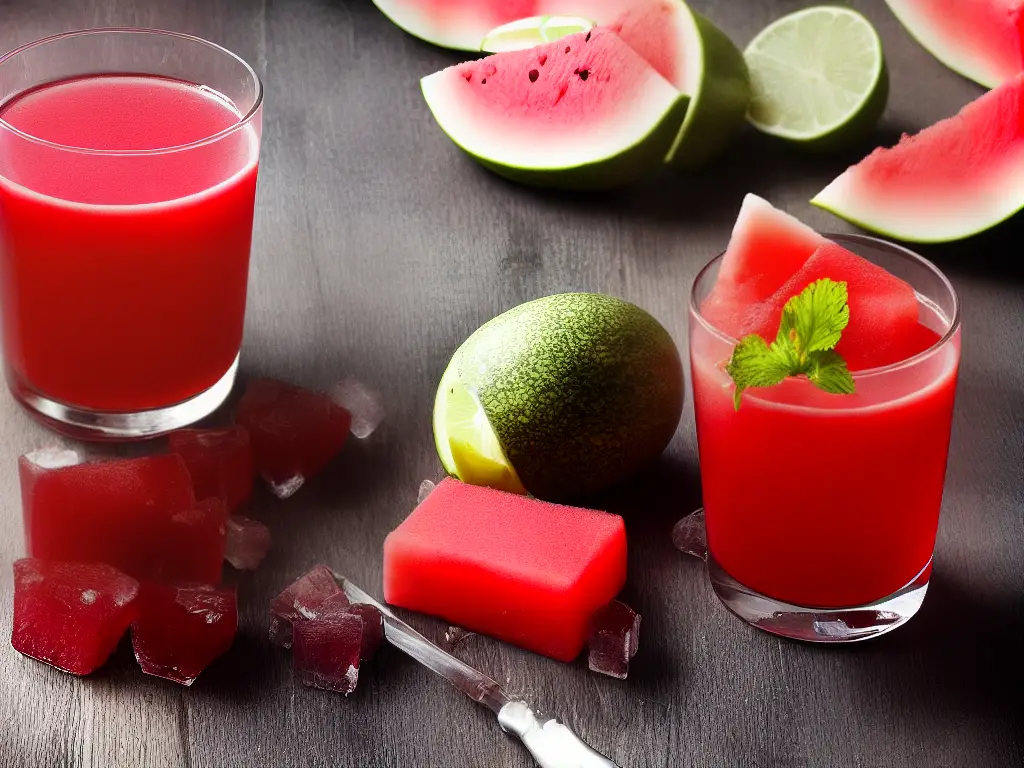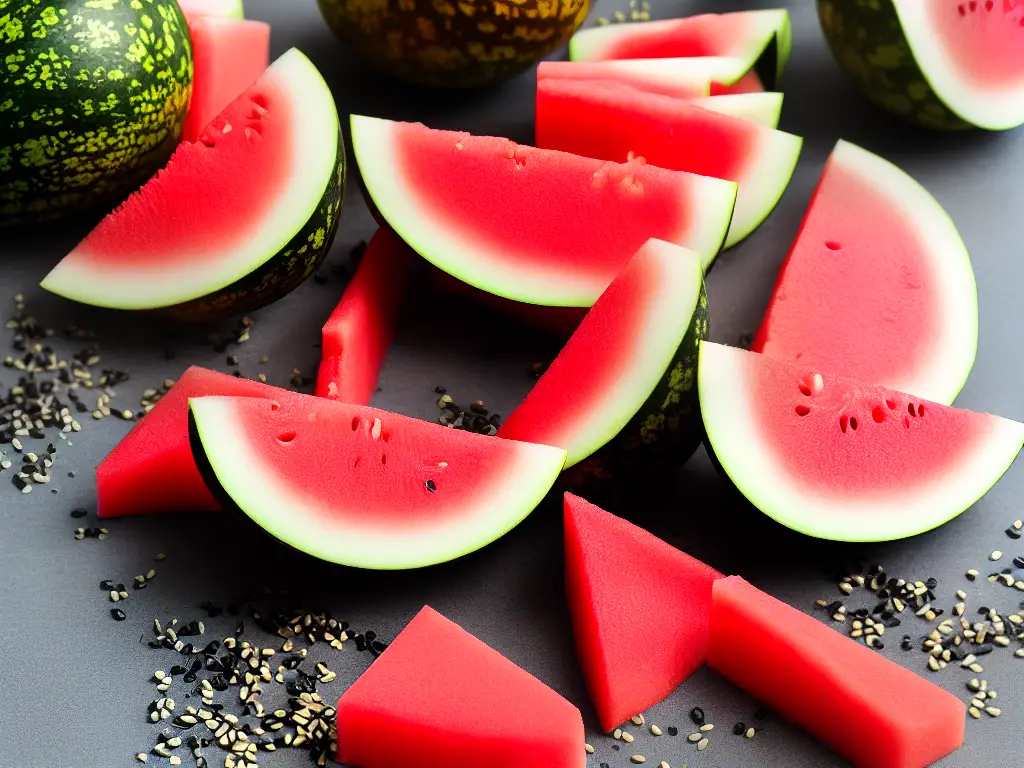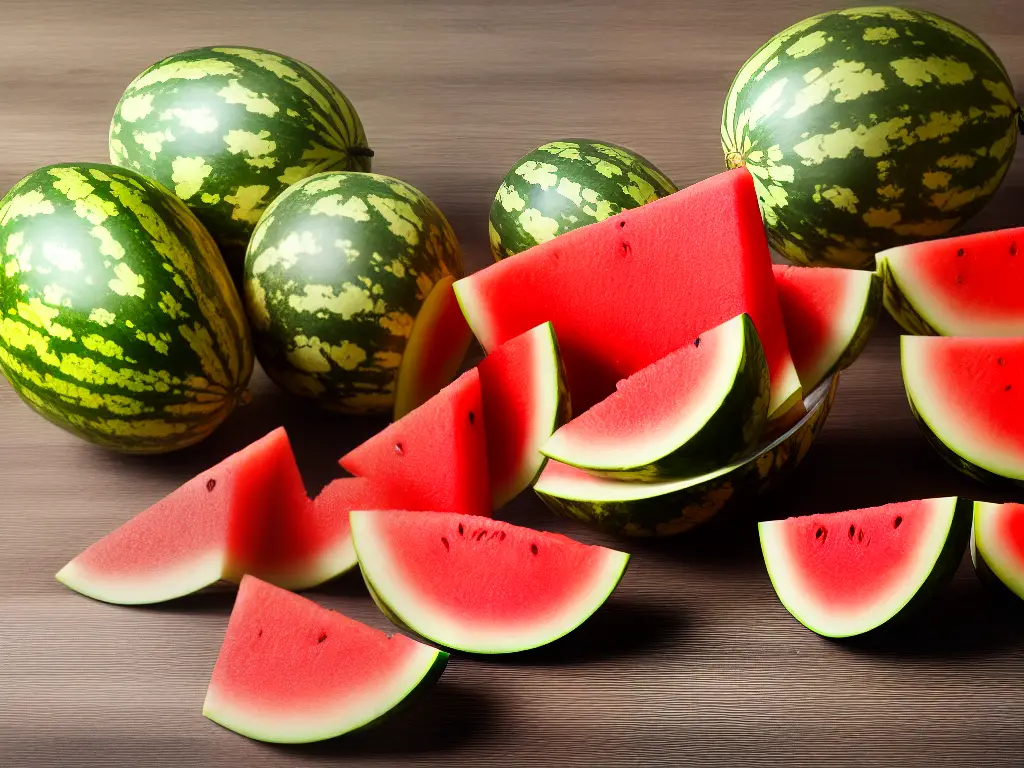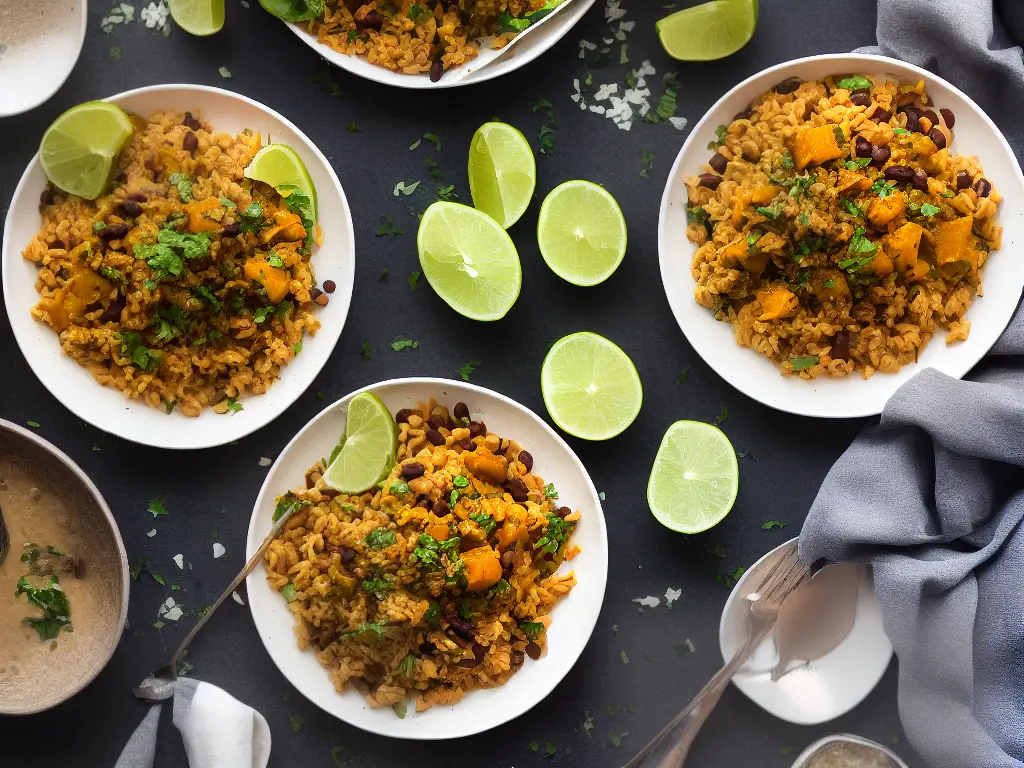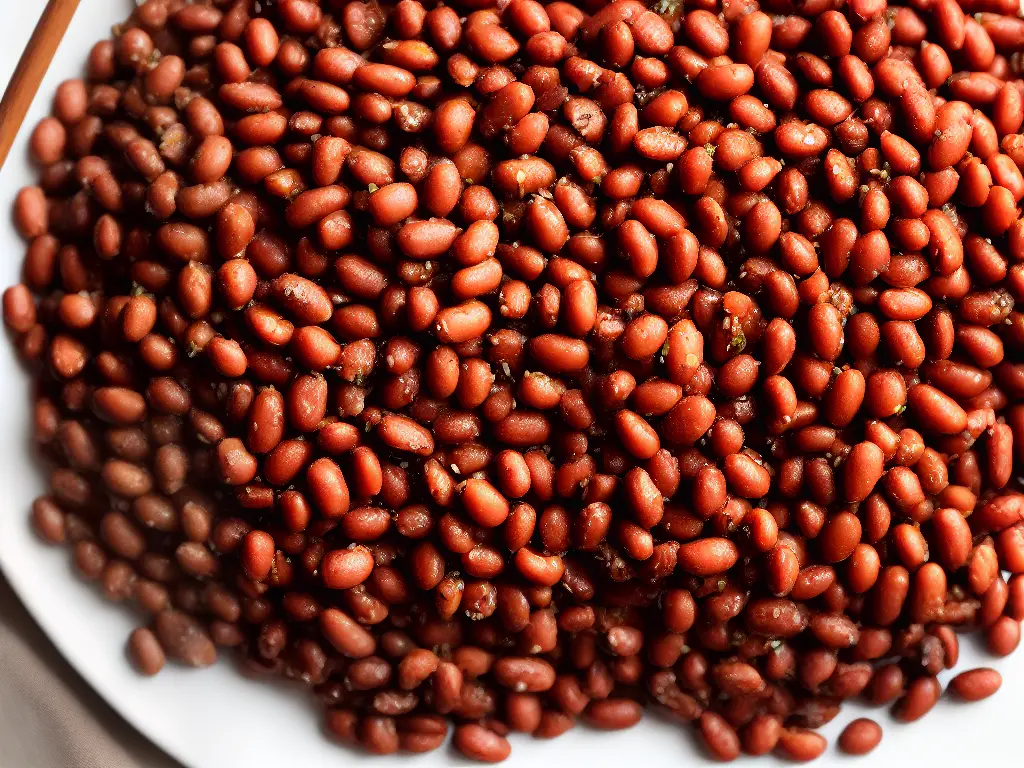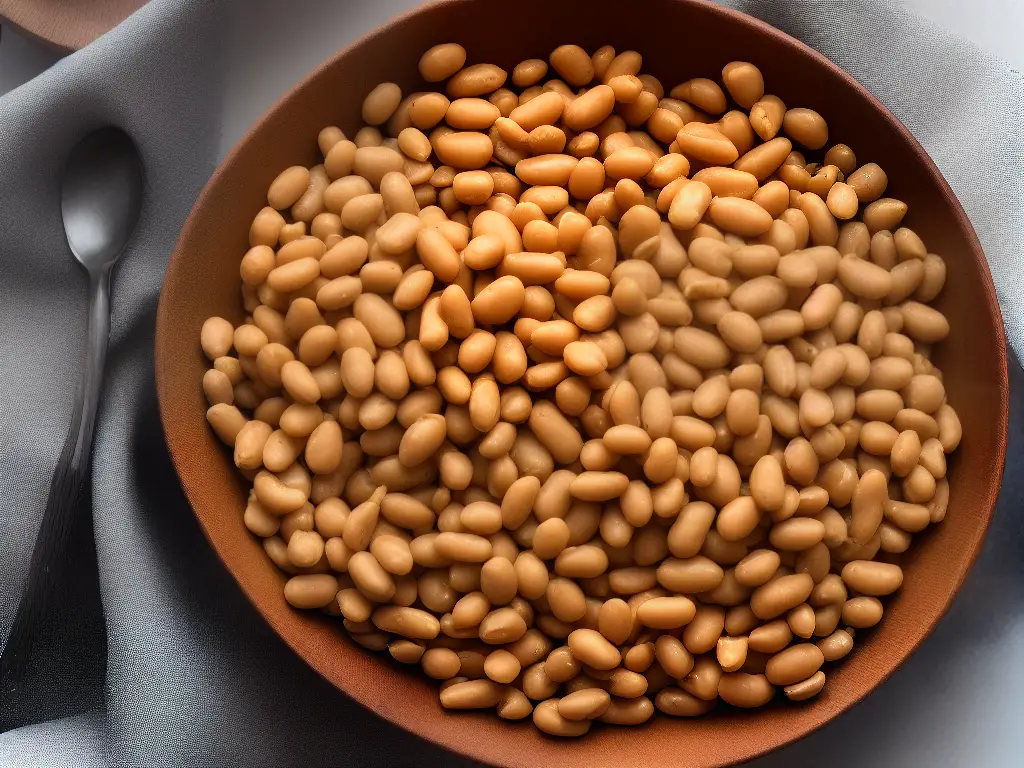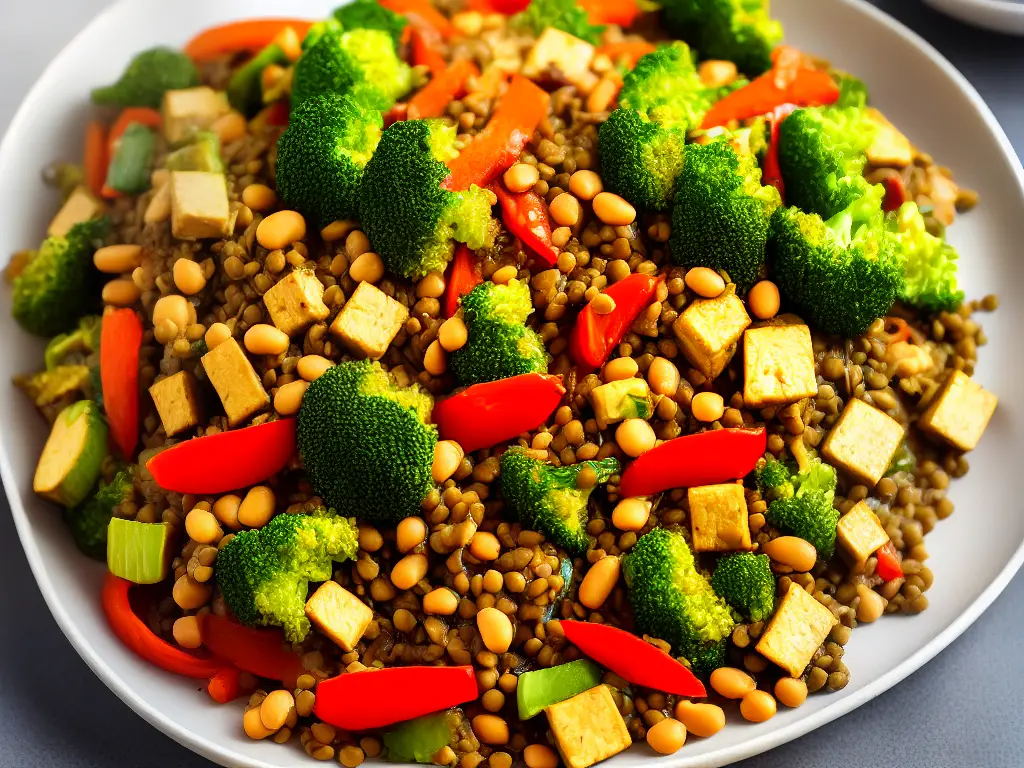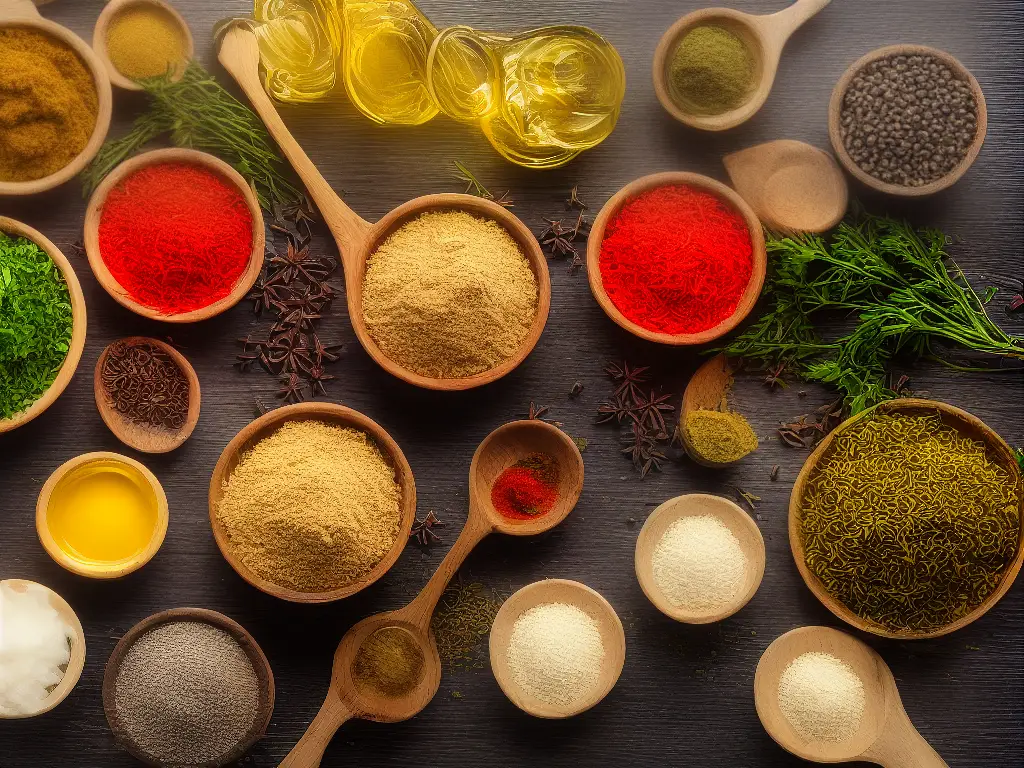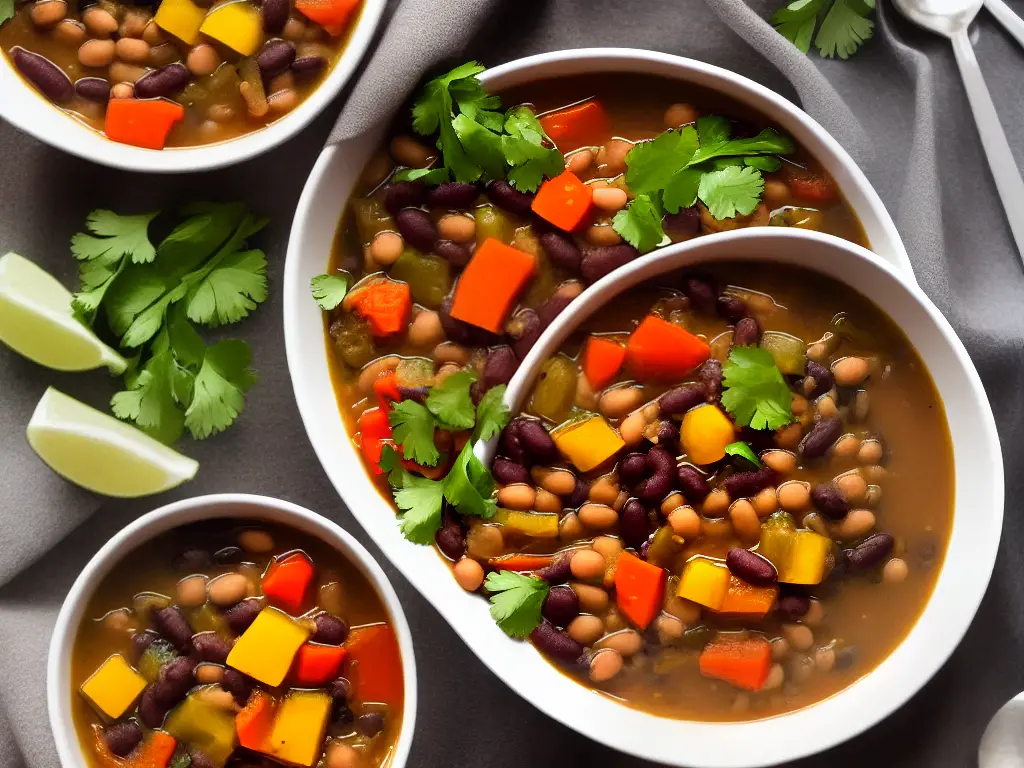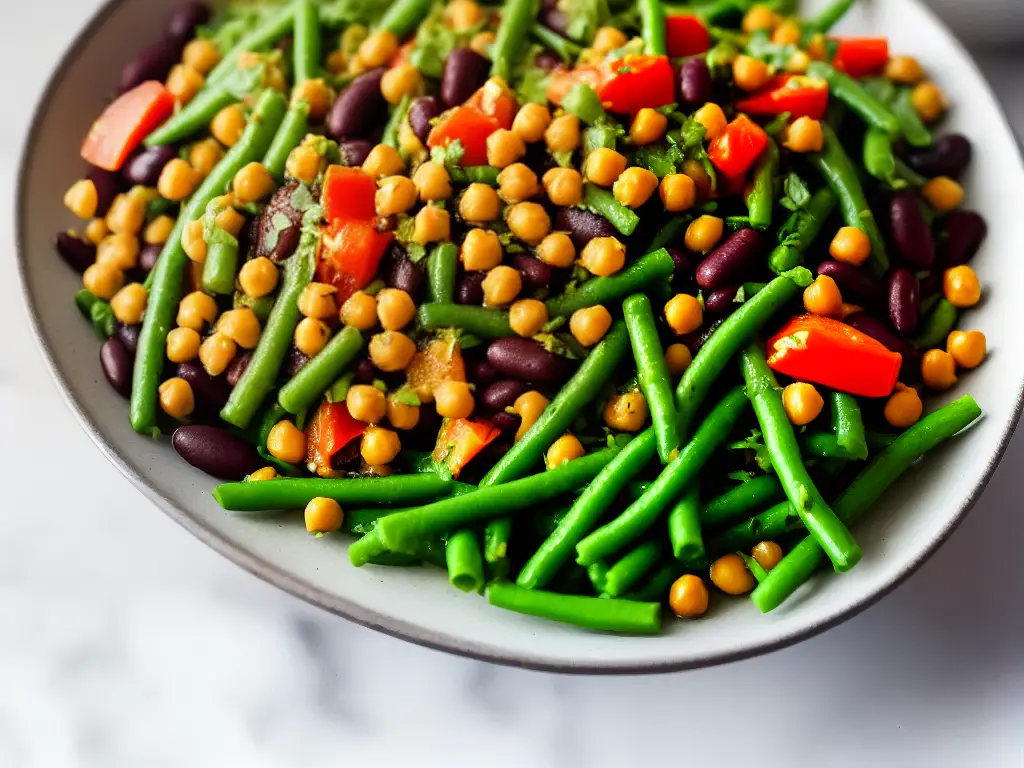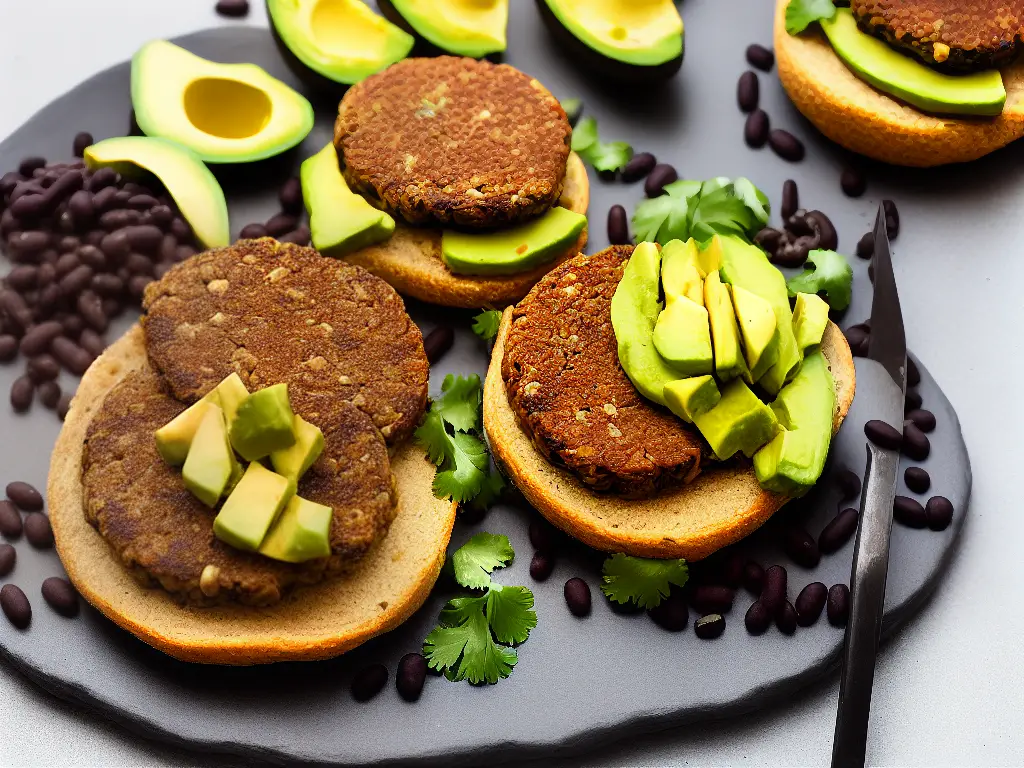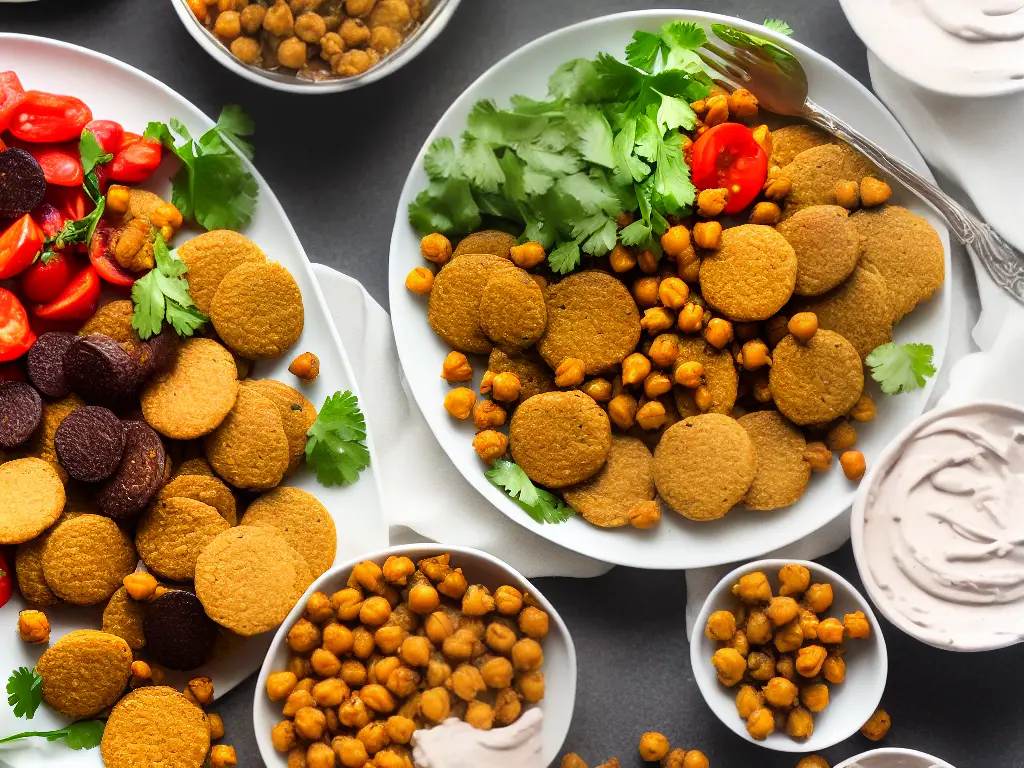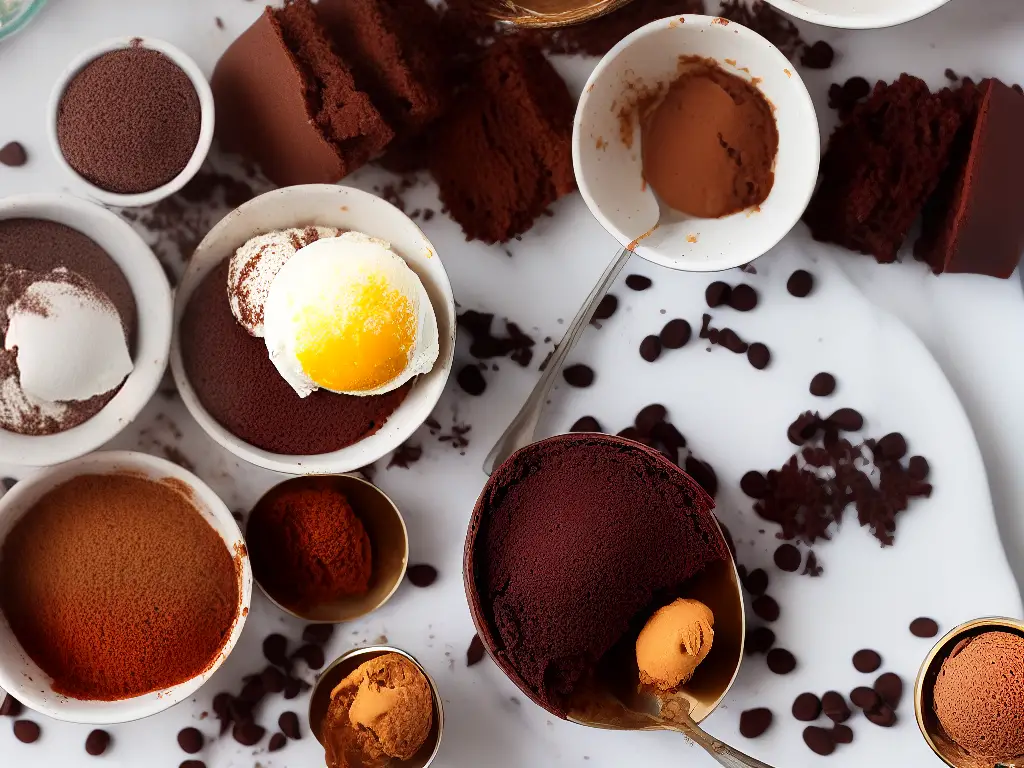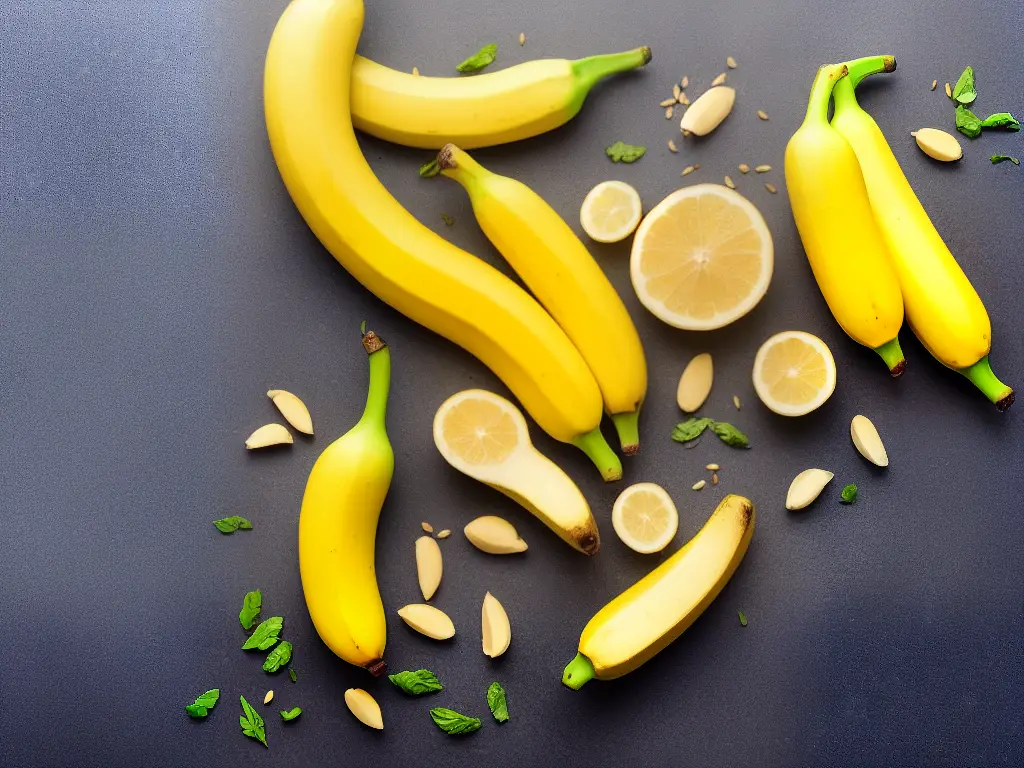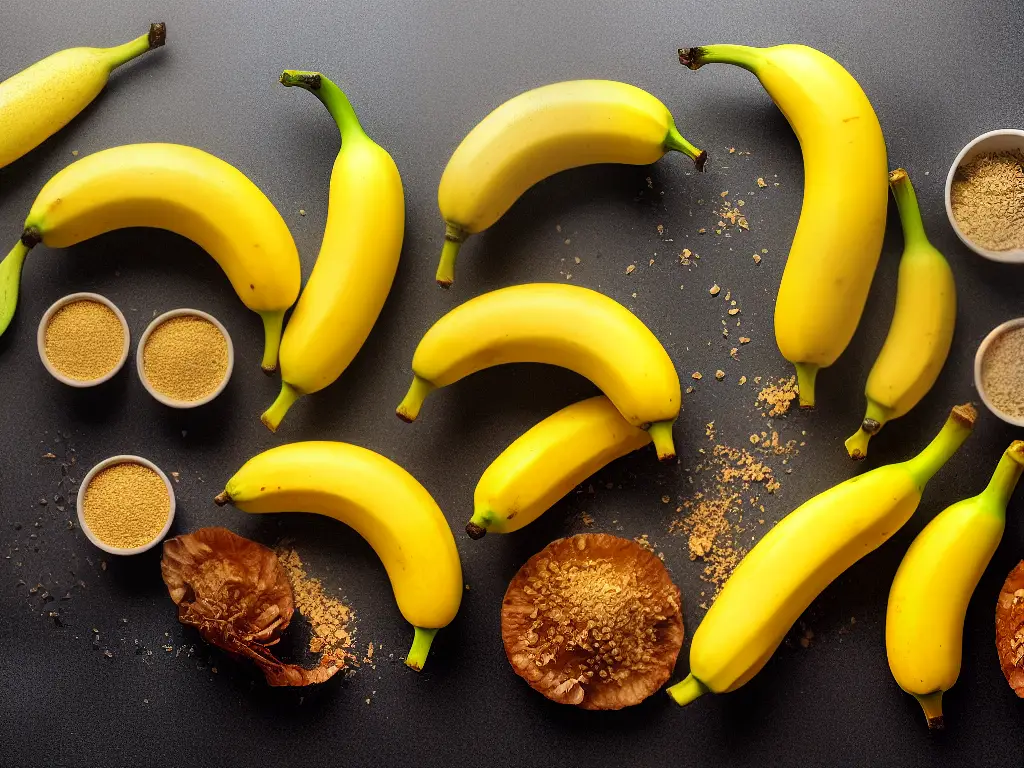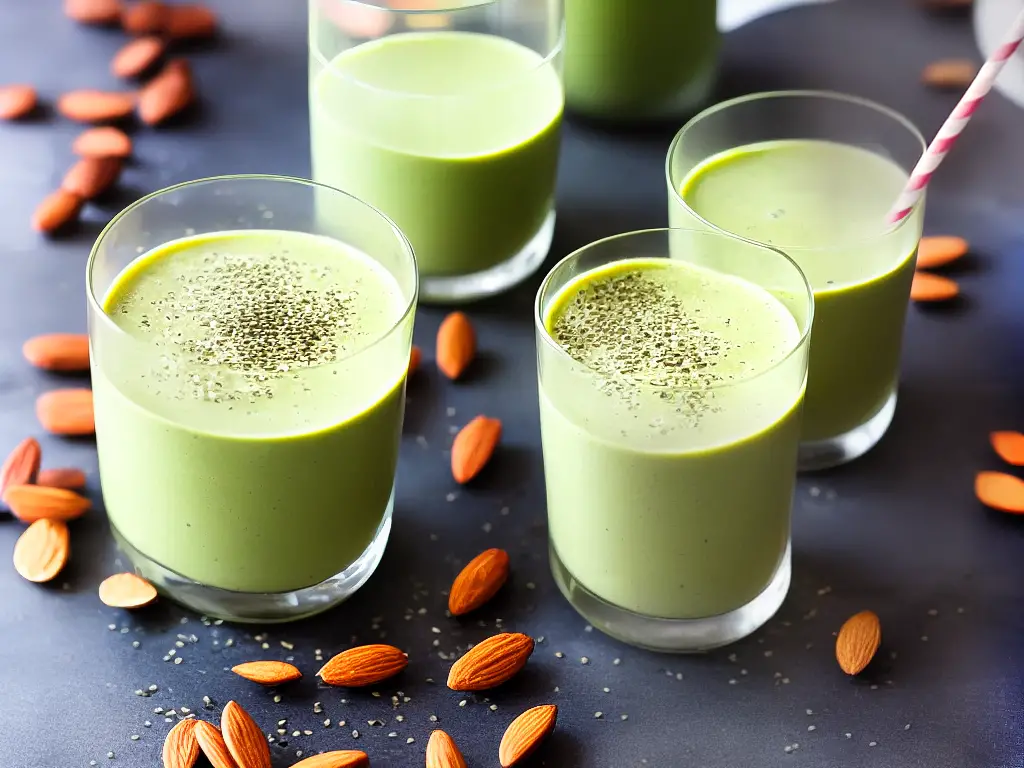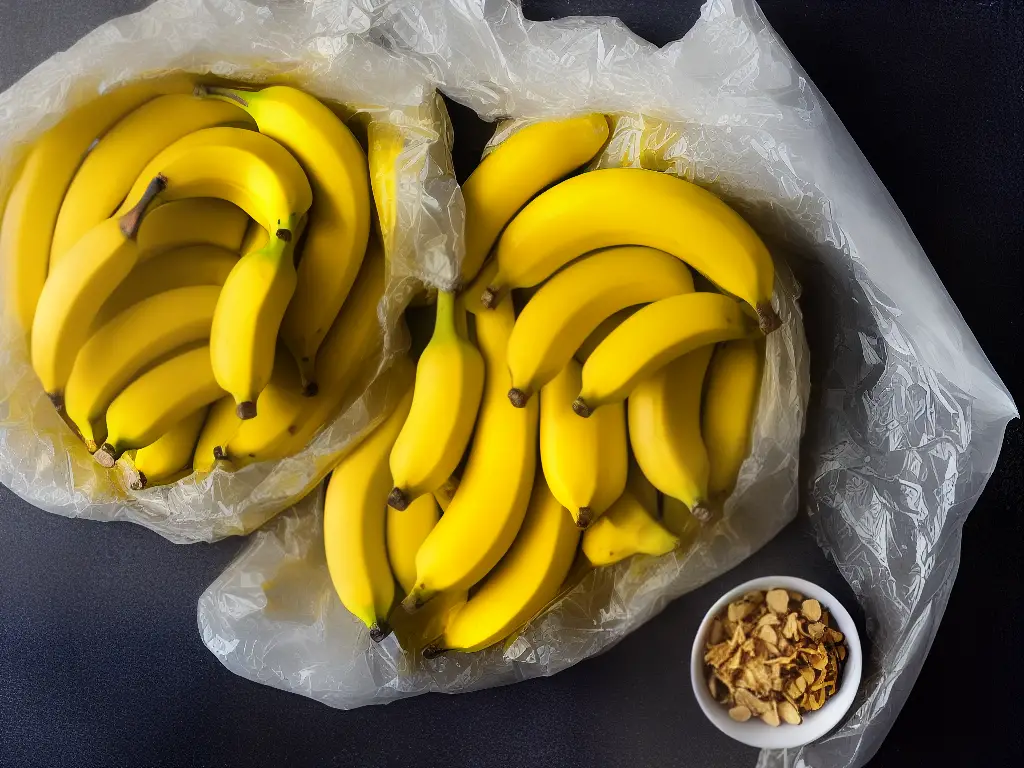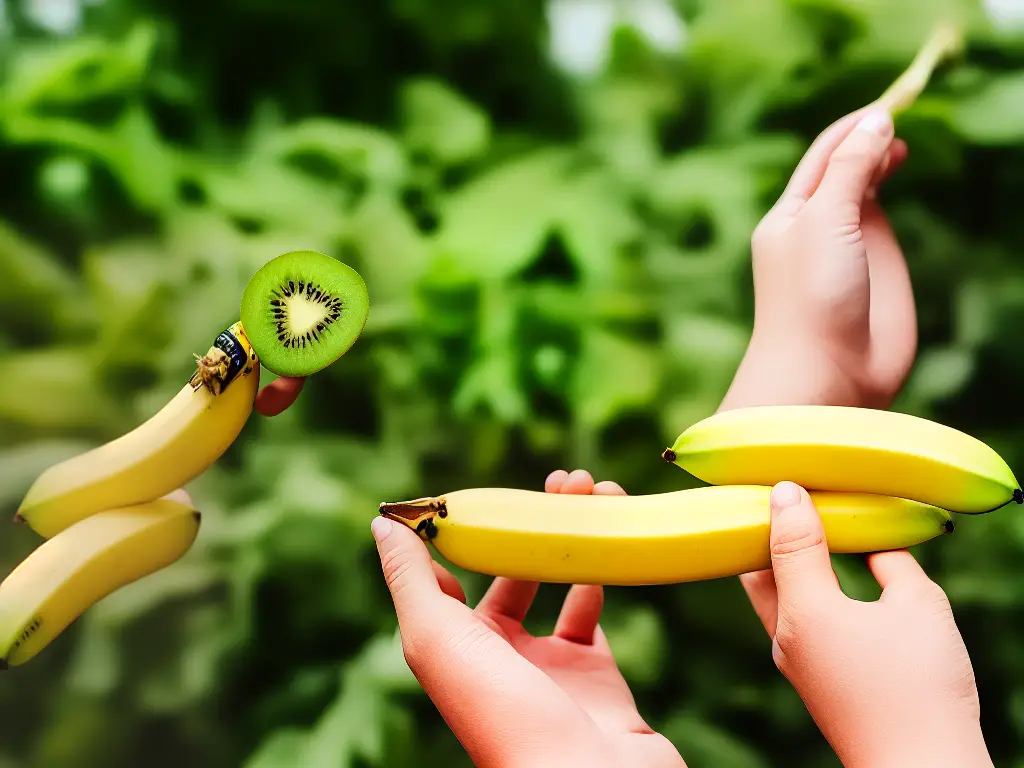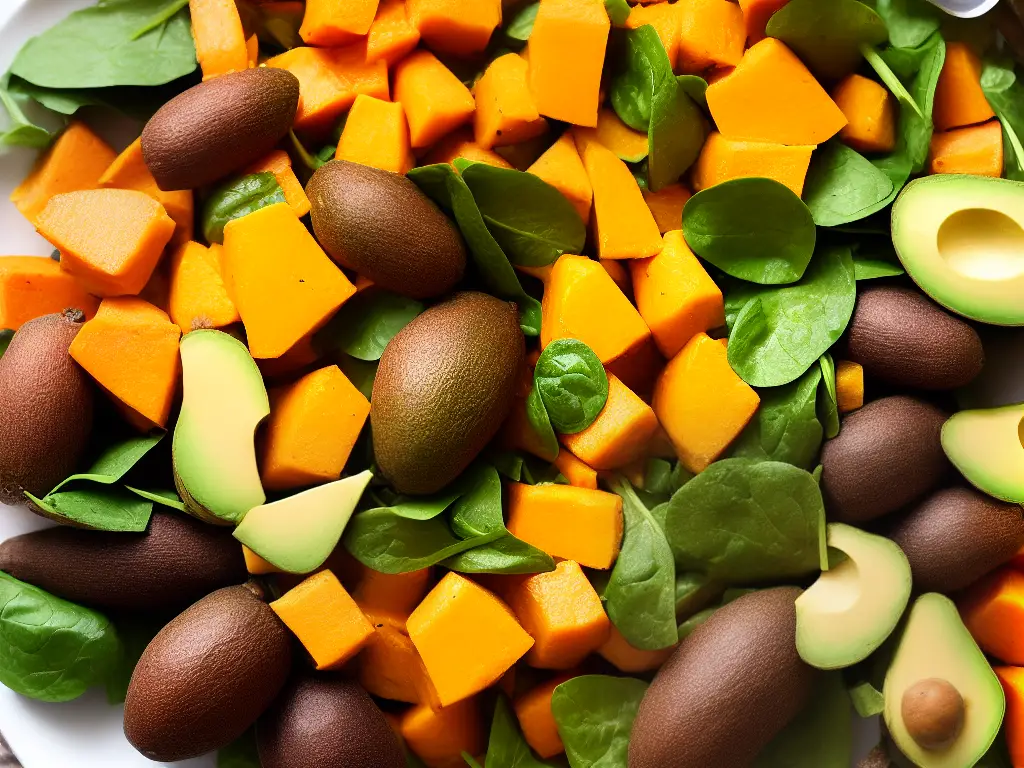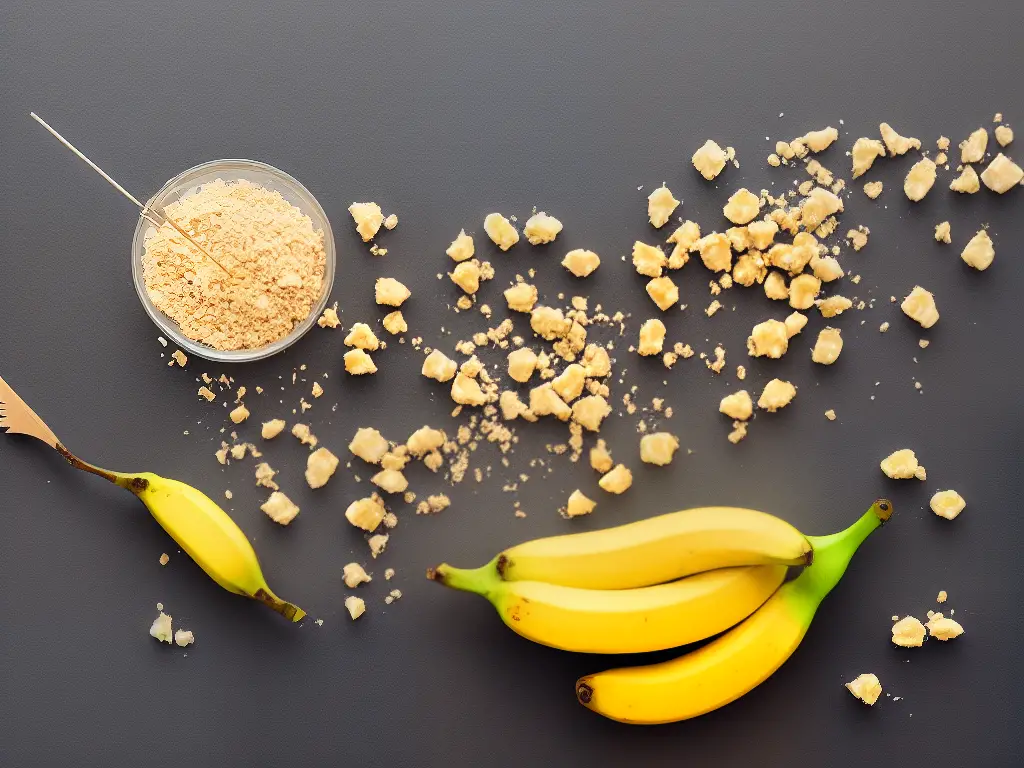Indulging in a luscious chocolate dessert is a surefire way to satisfy any sweet tooth, and with a wide variety of chocolate creations available, there’s something to please every palate. From rich and velvety chocolate fondues to the satisfying crunch of chocolate chip cookies, this delightful and delectable list showcases some of the very best chocolate dessert ideas that are perfect for any occasion. Whether you’re an avid baker or just want to enjoy a chocolatey treat at the end of a long day, these desserts will leave you and your taste buds feeling absolutely blissful.
Chocolate Fondue
Did you know that you can transform a simple dessert affair into an ultra-decadent experience with chocolate fondue? This rich and smooth melted chocolate sauce takes your dessert game up a notch, as it provides the perfect medium for dipping your favorite fruits, marshmallows, and other sweet delights. Plus, it’s a great group dessert, allowing everyone to gather around and dip their desired treats into the velvety chocolate.Feeling creative? You can elevate this dessert even further by adding a splash of liqueur for an extra kick. Imagine orange liqueur-infused chocolate fondue enveloping a bite of juicy strawberry or the combination of coffee liqueur with a marshmallow cloud. The possibilities are truly endless!Now, let’s talk about the type of chocolate you use. While milk chocolate is a classic choice, don’t hesitate in exploring the realms of dark and white chocolate. Love the intensity of dark chocolate? It adds a sophisticated depth to your fondue, ensuring that your guests savor every. single. bite. On the other hand, white chocolate offers a creamy and delicate alternative that pairs brilliantly with fruits like raspberries and blueberries.Another perk of the chocolate fondue experience? You get to dress up your dessert table! Set up a chocolate fondue station complete with bowls of different chocolates, arranged aesthetically. Alongside the chocolates, array the dipping options. Think fruit kebabs, pretzel sticks, cookies, and more! And, of course, provide skewers or fondue forks for your guests to dip with ease.So why not treat yourself and your guests to a luxurious chocolate fondue dessert experience at your next gathering? It’s a surefire way to make everyone feel like royalty while enjoying the simple pleasure of bonding over a shared love for chocolate.
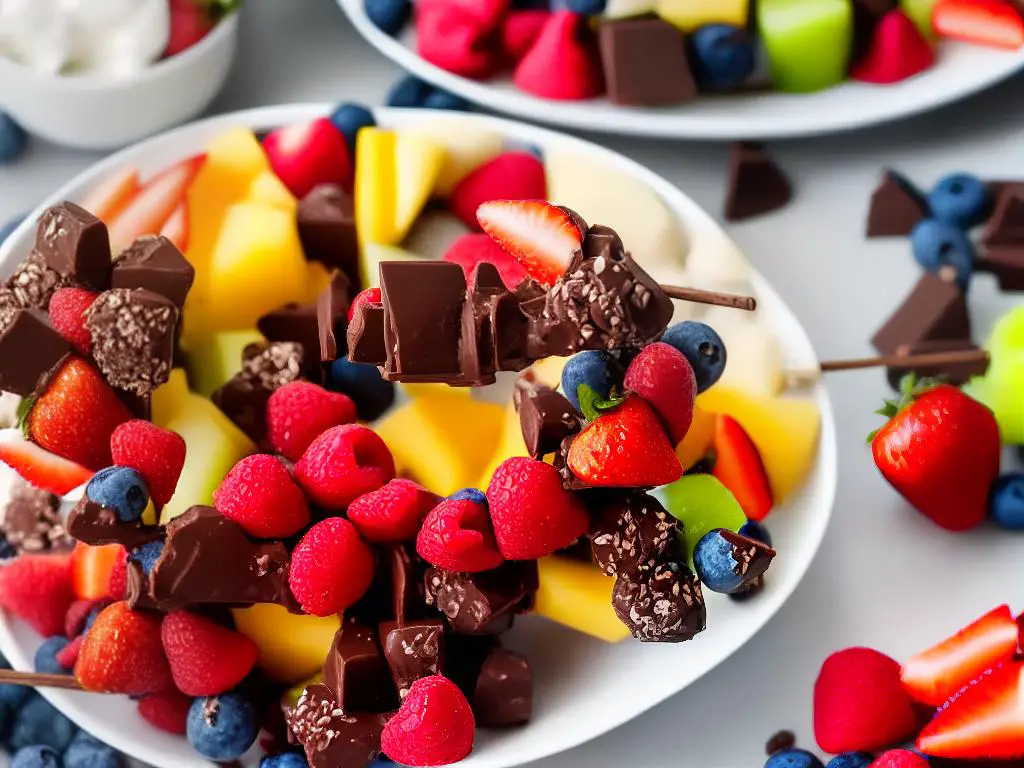
Molten Lava Cake
Get ready to experience the irresistible delight that is Molten Lava Cake! This warm and gooey chocolate-infused cake has won the hearts of dessert lovers everywhere, making it a popular choice among sweet treat enthusiasts.
As you cut into its fluffy exterior, be prepared for the rich, molten chocolate center to ooze out and create an irresistible puddle of chocolaty goodness.
There’s just something magical about this unique combination of textures and flavors that can only be found in a molten lava cake. The outer layer is a soft yet ever-so-slightly crispy sponge cake, while the inside reveals a luscious, velvety chocolate ganache – a true match made in dessert heaven.
But wait, it gets even better! Pair your molten lava cake with a scoop of creamy vanilla ice cream for an incredible contrast in temperatures that’ll make every bite even more memorable. The coldness of the ice cream works incredibly well as it slowly melts on top of the warm cake, adding another layer of creamy indulgence to this already exquisite treat.
And let’s not forget the finishing touches to make this dessert even more tantalizing – a garnish of plump, fresh berries will add a pop of vibrant color and natural sweetness to your plate. Choose your favorite combination of raspberries, strawberries, blueberries, or blackberries to complete this flawless dish.
Next time you find yourself craving a sumptuous chocolate dessert, don’t hesitate to give molten lava cake a try. This heavenly creation is guaranteed to satisfy your taste buds and leave you with a smile on your face. Prepare to fall in love with every single spoonful!
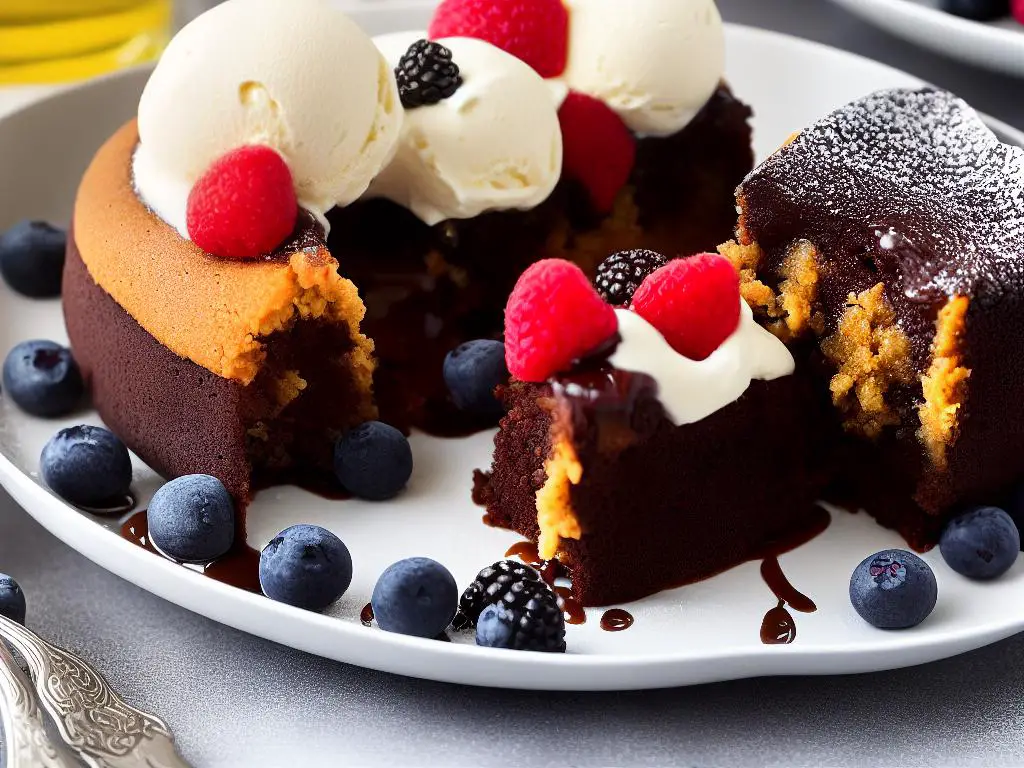
Chocolate Brownies
When it comes to satisfying your sweet tooth and celebrating life’s special moments, nothing quite hits the spot like a delicious, gooey, and indulgent chocolate brownie. This classic dessert has captured the hearts of chocolate lovers worldwide, tempting us with its dense and fudgy texture and rich cocoa flavor. Whether you’re baking for friends, family, or simply treating yourself, chocolate brownies are a surefire way to make any occasion a touch sweeter.A chocolate brownie’s versatility is part of its charm, as it can be customized to suit your personal preferences or the tastes of your guests. Plain and simple brownies are always a crowd-pleaser, but you can easily elevate them by adding a mix-in of your choice. Nuts, like walnuts or pecans, provide extra crunch and a delightful contrast to the chewy texture of the brownie. For the ultimate chocolate experience, consider sprinkling in chocolate chips or even chunks of your favorite chocolate bar. This added layer of decadence is bound to impress and leave everyone craving seconds.For those looking for an extraordinary twist on the traditional chocolate brownie, why not try swirling cream cheese into the batter? This simple trick creates a stunning marbled effect, as well as adding a rich and creamy contrast to the deep cocoa flavor of the brownies. No one will be able to resist a slice of this mouthwatering masterpiece!If you’re hosting a gathering and want to provide a more sophisticated touch to your dessert table, brownie bites make for a perfect option. These mini versions of the traditional brownie are not only adorable but also easier to serve and enjoy. Paired with fresh fruit or a dollop of whipped cream, these small treats are sure to be the talk of the party.Without a doubt, chocolate brownies are a beloved sweet treat that continues to hold a special place in the hearts and stomachs of dessert enthusiasts everywhere. With endless possibilities at your fingertips, why not whip up a batch of these scrumptious goodies and remind yourself, and those around you, why this classic dessert has remained a favorite for generations?
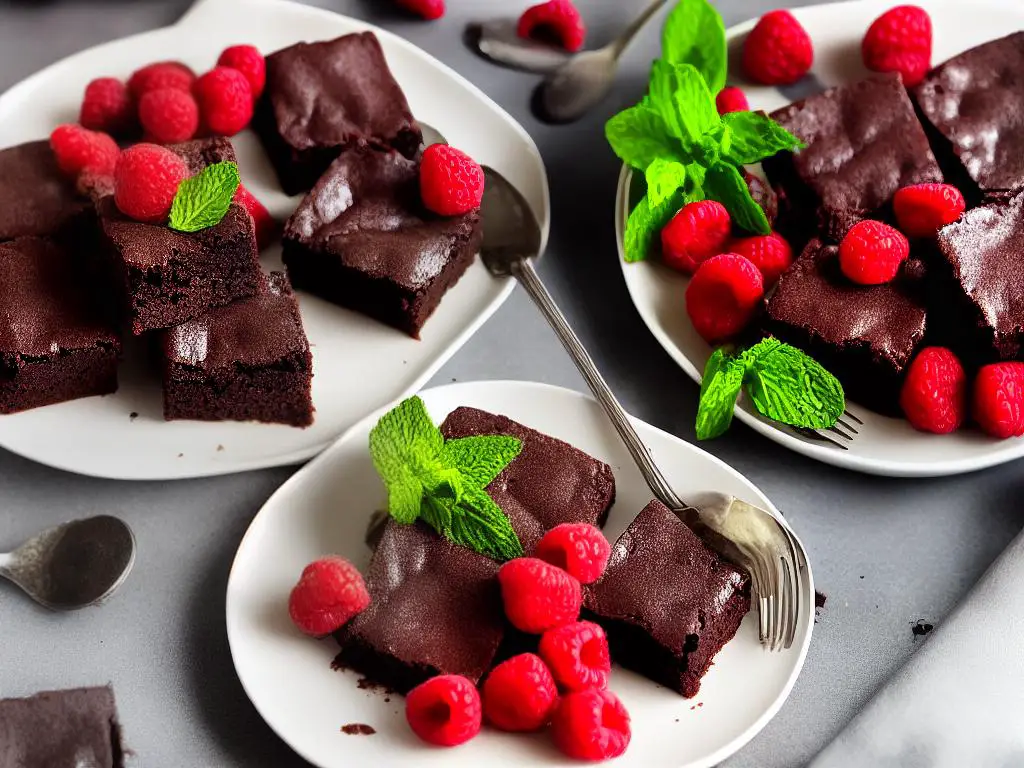
Chocolate Truffles
If the thought of biting into a rich, velvety smooth chocolate treat sends your taste buds into overdrive, then you’ll fall head over heels for chocolate truffles.Crafting these exquisite treats consists of a blend of chocolate, luscious cream, and butter.The beauty of chocolate truffles is that they can be customized to accentuate different flavors, opening the door to a world of gastronomic creativity.On the more experimental side, chocolate truffles can also be spiked with a dash of liqueur or infused with spices such as cinnamon or chili, introducing a sensuous dance of heat and sweet to the palate.From rolling the truffles in crushed nuts or dried fruit to coating them in shredded coconut or powdered sugar, the sky’s the limit when it comes to dressing up these delightful treats.Not only will these lavish chocolate truffles have you swooning in chocolatey bliss, but they also make for a fun, culinary adventure.
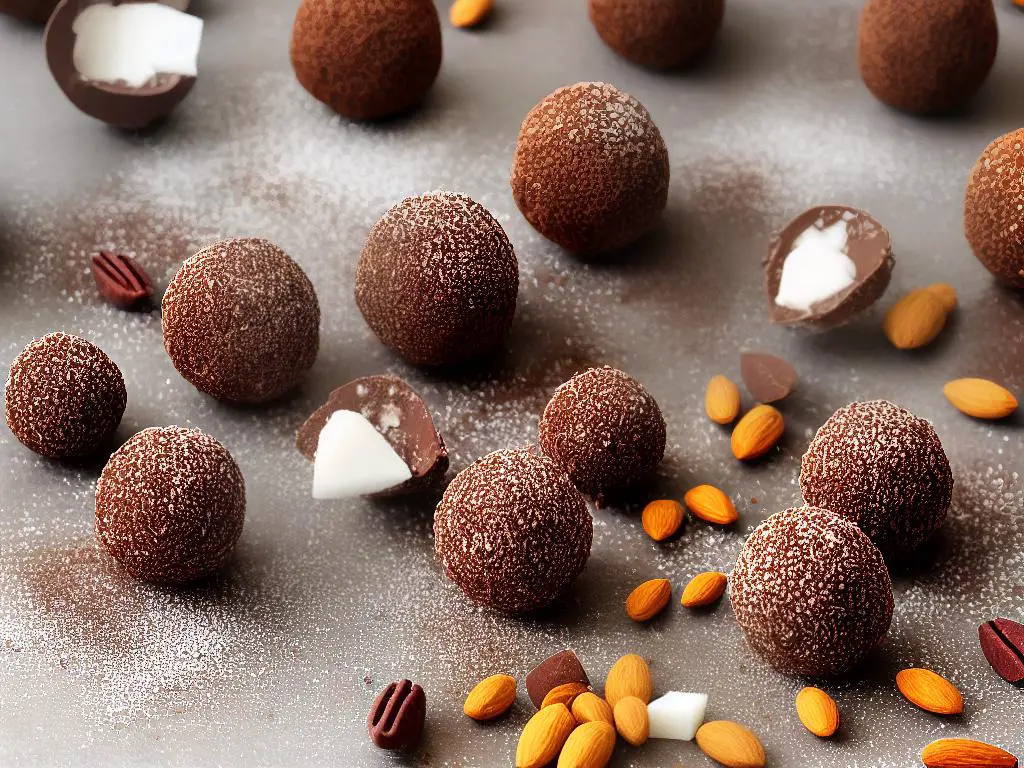
Chocolate Mousse
Looking for that perfect chocolate dessert that will leave your guests craving for more? Well, look no further! Chocolate Mousse is the ultimate choice for satisfying your chocolate cravings. This light and airy dessert will transport you to a heavenly chocolate paradise with each spoonful.
Chocolate Mousse is the result of a beautiful union between whipped cream and a rich chocolate mixture, ensuring a smooth and velvety texture that simply melts in your mouth. The preparation process is rather simple, making it a favorite choice for home cooks and professionals alike.
The base of the mousse is usually an indulgent chocolate ganache, made by combining melted chocolate and heavy cream. To achieve that airy and light texture, the whipped cream is carefully folded into the ganache. This process traps air bubbles in the mixture, making the final product irresistibly fluffy.
One of the fantastic things about Chocolate Mousse is its versatility. You can tailor the richness and intensity of the chocolate flavor by choosing between dark, milk, or white chocolate. And why stop at just one? Get adventurous and experiment with different percentages of cocoa or combine different types of chocolate for a unique and tantalizing flavor.
Serving Chocolate Mousse individually in elegant glasses not only makes your dessert table look sophisticated, but it also ensures that everyone gets their share. Take your presentation to the next level by artfully garnishing the mousse with additional whipped cream, delicate chocolate shavings, or even fresh fruit like raspberries or strawberries to add a refreshing contrast.
Apart from its simplicity and elegance, Chocolate Mousse can also be prepared in advance – making it an ideal dessert option for dinner parties or special occasions. Just cover the glasses with plastic wrap and refrigerate until ready to serve. The anticipation will only make your guests more eager to dig into the divine chocolate bliss that awaits them.
Whether you’re a committed chocoholic or someone who enjoys the occasional chocolate treat, this Chocolate Mousse is bound to leave a lasting impression. Just one spoonful, and you’ll find yourself floating through a cloud of chocolate heaven – with no sign of that guilt that usually accompanies indulgent desserts. So go ahead and embrace the decadence – you’ll be glad you did!
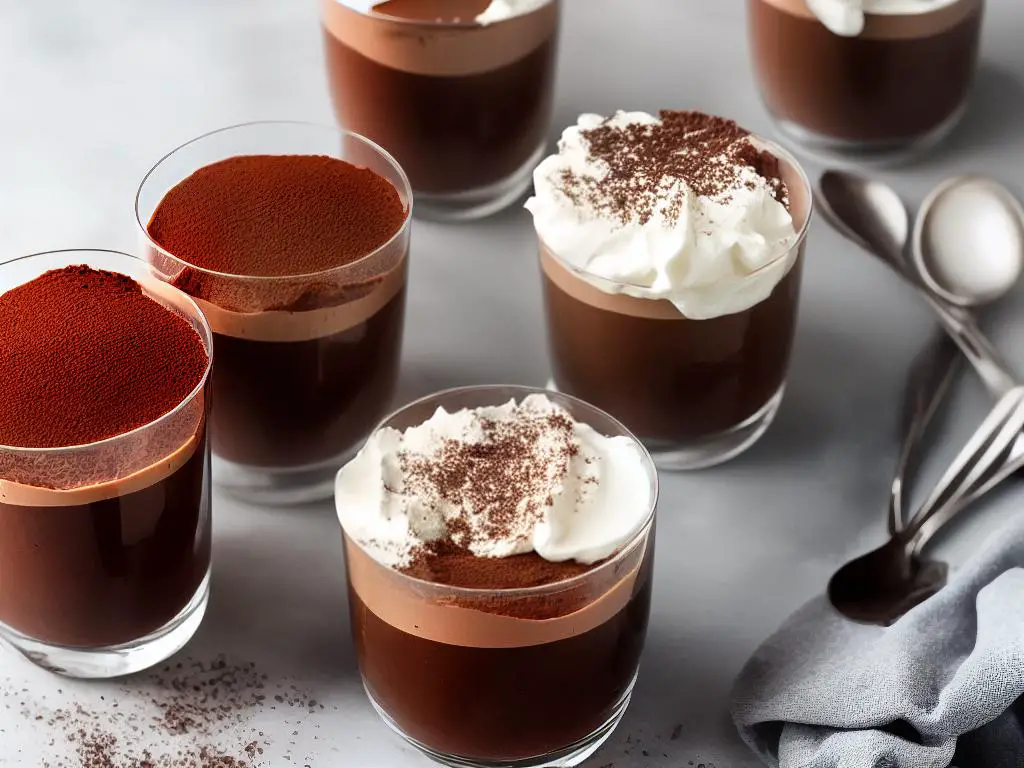
Chocolate Chip Cookies
There’s something undeniably satisfying about biting into a warm, gooey chocolate chip cookie. A timeless treat loved by people of all ages, chocolate chip cookies have remained a favorite over the years for their perfect combination of vanilla-scented cookie dough and melty chocolate chips.
The beauty of these cookies lies in their simplicity—the basic recipe requires only a handful of ingredients, making it easy to whip up a batch whenever the mood strikes.
The versatility of chocolate chip cookies is another reason why they’ve earned a spot in the hearts and ovens of millions of bakers around the world. Have a craving for crisp, crunchy cookies that crumble with every bite? Or maybe you prefer them soft and chewy, pulling apart in a satisfyingly gooey mess? Whatever your preference, there’s a bake time and temperature for you. Just a few extra minutes on the timer (or a slightly higher oven temperature) could mean the difference between a soft, tender bite and a crispy, golden edge.
But let’s not forget the countless ways you can customize your chocolate chip cookies. While many consider the classic combination of cookie dough and chocolate chips to be untouchable, others take pleasure in experimenting with various mix-ins. From nuts like walnuts, pecans, or almonds to the comforting texture and taste of oatmeal, the flavors of your cookies are only limited by your imagination. And who says you need to stick to chocolate chips? Whether you prefer milk chocolate, dark chocolate, or white chocolate, there’s a variety of chip options to tickle your taste buds.
We can’t talk about customizing chocolate chip cookies without mentioning the endless possibilities of dried fruit. Plump, juicy raisins or tangy dried cranberries can offer a welcome contrast to the rich chocolate in every bite. Don’t be afraid to get creative and throw in a combination of mix-ins; you never know when you might stumble upon the ultimate flavor pairing.
The next time you find yourself in the mood for a chocolatey treat, let the irresistible aroma of freshly baked chocolate chip cookies fill your kitchen and remember—the only thing better than enjoying a batch of these timeless goodies is sharing them with the people you love. So go on, customize as you see fit, and don’t forget to save one for yourself.

Chocolate Peanut Butter Pie
Are you a fan of the heavenly duo that is chocolate and peanut butter? Look no further, because Chocolate Peanut Butter Pie has your cravings covered! This mouth-watering dessert is the stuff of dreams for anyone who can’t get enough of that irresistible combo, and it’s sure to be a show-stopper at your next gathering.First up is the chocolate cookie crust – made from crushed chocolate cookies and melted butter, this base is crunchy, chocolatey, and the perfect foundation for what’s to come. Pressed into the bottom of a pie dish, the crust is baked briefly, just long enough to set and give it a slightly crispy finish. Already, you know this dessert is going to be something special.The star of the show is, without a doubt, the creamy peanut butter filling. Imagine a luxuriously smooth and velvety mixture of peanut butter, cream cheese, powdered sugar, and whipped cream – this is what dreams are made of. This rich yet airy peanut butter heaven is spooned onto the cooled crust and smoothed out, creating a cloud-like layer that has everyone reaching for seconds.But wait, there’s more! The pie isn’t complete without its crowning glory – a rich chocolate ganache topping. Silky chocolate melds with heavy cream to create a glossy and decadent finish that contrasts beautifully with the peanut butter filling. The final touch? A sprinkle of chopped peanuts or crushed cookies, just for some added texture and pizzazz.Now for the hard part: waiting for it all to set. The Chocolate Peanut Butter Pie needs some chill time in the refrigerator, allowing the flavors to meld and the filling to firm up. It’s a test of patience, but the reward is absolutely worth it. So go ahead, take a bite into decadence, and enjoy the harmony of chocolate and peanut butter in this show-stopping dessert.

Chocolate Tiramisu
Imagine digging into a sumptuous dessert that combines the velvety smoothness of mascarpone cheese with the delightful crunch of cocoa-dusted ladyfingers, and an unmistakable rich chocolate taste. The Chocolate Tiramisu is a scrumptious twist on the classic Italian dessert that brings together all these delectable flavors and textures, making it an exquisite treat for special occasions.
This luxurious dessert begins with a layer of crisp ladyfingers that are generously dusted with cocoa. These delicate, slightly sweet cookies act as the irresistible base, soaking up the delectable flavors from the luscious chocolate mascarpone mixture that is carefully spread on top.
Next, let’s talk about this heavenly mascarpone mixture. A blend of creamy mascarpone cheese, espresso, and high-quality melted chocolate, this rich and luxurious concoction truly elevates the dessert and makes it stand out as a truly exceptional chocolate indulgence. The subtle hint of espresso adds depth to the chocolate taste, ensuring that each bite is a melange of zesty and smooth flavors.
Finally, the dessert is finished off with a final light dusting of cocoa powder, gracing the top with an almost velvety appearance. This elegant touch makes the Chocolate Tiramisu an exquisite masterpiece that is visually appealing, perfect for serving at a dinner party or celebrating a special occasion.
As you savor each luscious layer of the Chocolate Tiramisu, it’s hard not to be captivated by the divine flavors and textures that come together in this delightful dessert. Trust us – your taste buds will thank you for introducing them to this heavenly chocolate treat. So go ahead and give this incredible chocolate spin on the legendary Italian dessert a try; it is bound to become a favorite among your family and friends!

Chocolate Pudding
Chocolate pudding, a velvety and luscious dessert that has been satisfying sweet cravings for centuries, is a true classic in the world of sweet treats.Crafted from a delectable blend of milk, sugar, cocoa powder, and a thickening agent, chocolate pudding presents the perfect balance of richness and sweetness.Served either warm or cold, chocolate pudding is a versatile dessert that can be enjoyed in various ways.To elevate the chocolate pudding experience, consider garnishing your creation with an array of delightful toppings.Chocolate pudding is the perfect treat for all ages and the ideal dessert for any occasion – be it a weeknight family dinner, a potluck with friends, or a romantic date night.
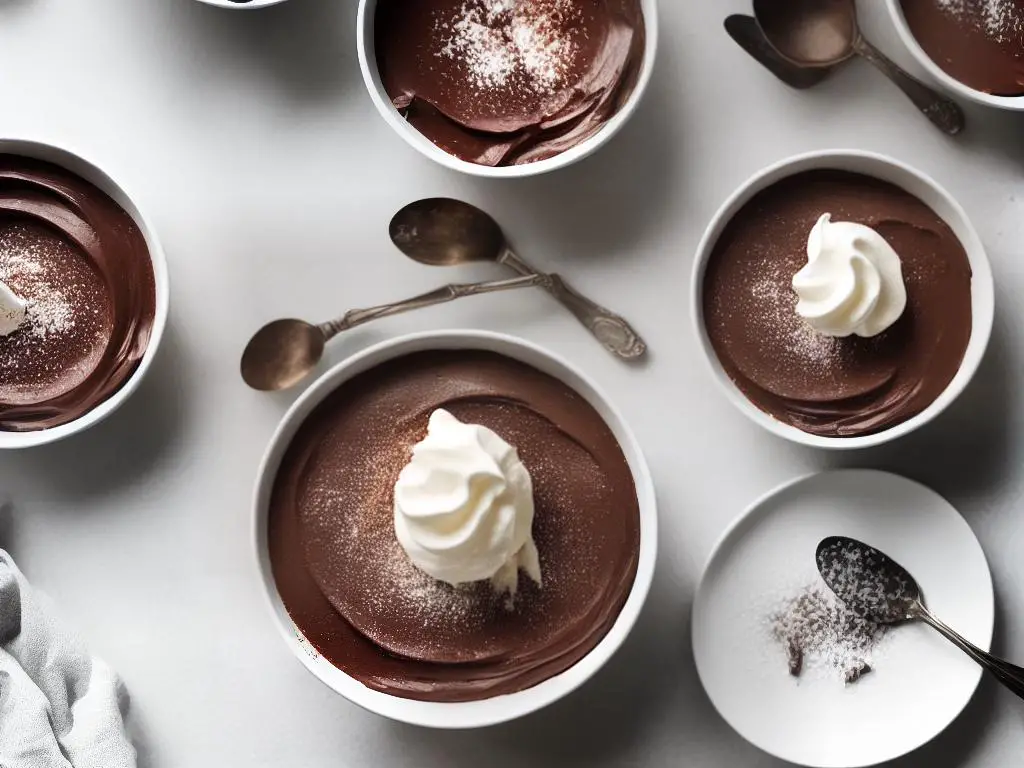
Chocolate-Covered Strawberries
Looking for an easy-to-make dessert that will impress your friends and family? Look no further than the mouthwatering combination of chocolate and strawberries! Chocolate-covered strawberries are a perfect choice for those who want a simple yet impressive dessert, and with endless customization, they are sure to please everyone’s taste buds.
Choosing the Strawberries and Chocolate
Start with fresh, ripe strawberries that have been thoroughly washed and dried. It’s essential to make sure the strawberries are fully dry before applying any chocolate, as the water may cause the chocolate to seize.
Now for the fun part – the chocolate! Choose from a variety of chocolate types to match your personal preferences, such as dark chocolate for a rich and bold flavor, or milk chocolate for a smooth and creamy taste. You can even mix it up with white chocolate or try a combination of different chocolates. Just melt your chosen chocolate in a heatproof bowl set over a saucepan of simmering water, or use a microwave at a low power setting with frequent stirring.
Dipping the Strawberries in Chocolate
Once your chocolate is melted and smooth, hold each strawberry by the stem and dip it into the chocolate, making sure to coat it evenly. Gently shake the excess chocolate and place the strawberries on a parchment-lined tray or baking sheet to harden. Be patient and let the chocolate set at room temperature to keep the luscious sheen.
Adding Decorative Touches
If you want to step up your chocolate-covered strawberries game, add decorative touches to make them look extra fancy. Drizzle them with contrasting chocolate, such as white chocolate over dark chocolate or vice versa, to create an eye-catching pattern. Alternatively, dip the freshly coated strawberries in chopped nuts, shredded coconut, or crushed cookies to add texture and flavor.
Customizing for Special Occasions
These chocolatey delights can become even more festive by customizing them for special occasions. For example, use colored chocolate or add glittery edible decorations for a birthday party. You can even use a piping bag to write messages or draw designs with chocolate, making them personalized and unique.
Conclusion
Chocolate-covered strawberries are not only visually appealing but also taste delightful, making them the ideal dessert to share with your loved ones during a gathering or to indulge by yourself. With so many options to customize and limitless ways to make them your own, chocolate-covered strawberries could become your go-to dessert for any occasion. So grab some strawberries, choose your favorite chocolate, and let your creativity flow!
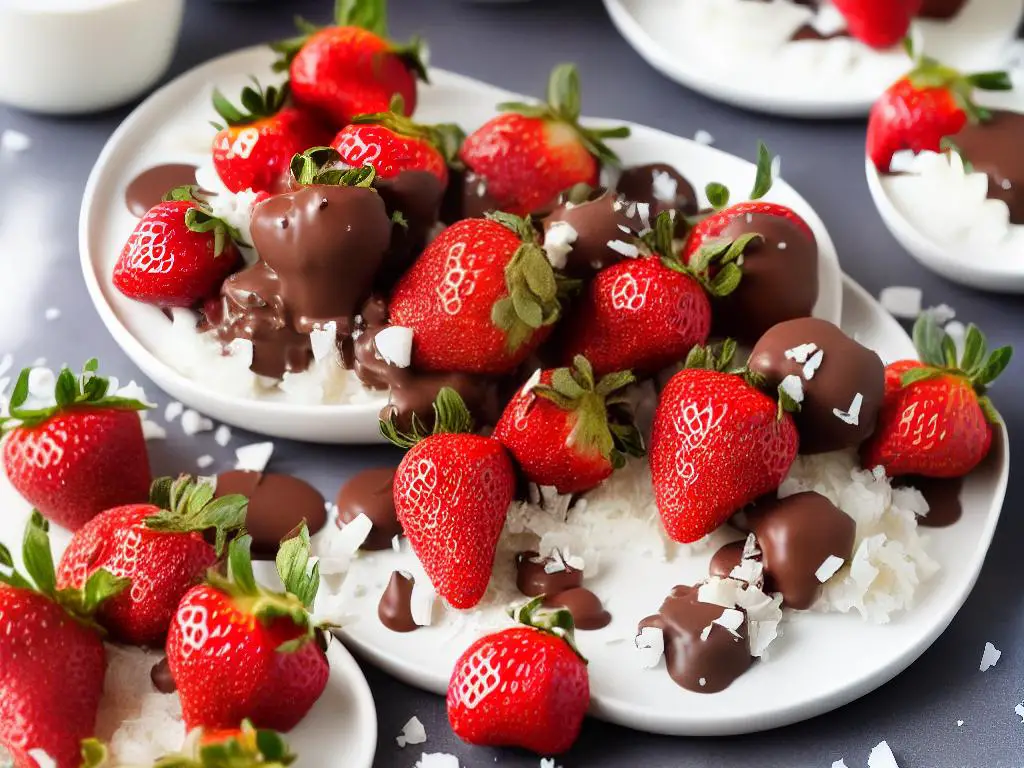
As you explore the enticing world of chocolate desserts, you’ll be amazed at the range of textures, flavors, and combinations you can achieve with this versatile ingredient. From effortlessly elegant chocolate truffles to the enticing layers of chocolate tiramisu, these desserts not only taste phenomenal but are sure to impress your friends and family. So, the next time you’re in need of a little indulgence or searching for the perfect dessert to share at a special gathering, consider one of these chocolate masterpieces as your ultimate sweet escape.
